Krka National Park Ticket Discount: Walk for a 20% Cheaper Visit in May
April 30, 2021 - Throughout the month of May, a Krka National Park ticket discount is going to be offered in the Park's "Go and Walk" action, which provides a 20% cheaper ticket to any visitor ready to enter and exit the premises on foot.
Krka National Park, as stated on their website, is going to be inviting visitors to enter the Park on foot and get a 20 percent discount on their individual ticket price for doing so. This offer is part of the ''Go and Walk'' action, which starts on Saturday, May the 1st, and is set to continue throughout the whole month.
''The ''Go and Walk'' promotional action implies that people must enter and exit the park on foot in order to get the Krka National Park ticket discount of 20%. All of the park's other services, as well as tickets for visitors who will enter the park by boat or a bus, will be charged by as normal,'' according to Krka National Park's official website.
The discount varies pending on where you intend to go. If you decide to go to the main spectacle of the park, The Skradinski Buk waterfall by taking the hitchhiker trail, either from Lozovac or Skradinski Bridge, the promotional price is 80 kuna. Apart from Skradinski Buk, all other land localities in the park are set to be included in that price. Kids aged 7-18 accompanied by parents or guardians will have to pay only 64 kuna for their ticket, while for kids up to the age of 7, entrance to the park is free of charge.
If you decide to walk only until Roski Slap, an adult ticket will cost 40 kunas and for kids (7-18-year-olds), only 32 kuna.
The third option is also the Krka Monastary and Burnum archaeological site. An adult ticket price for that path is 32 kuna, while the children's ticket costs a mere 24 kuna.
''With the ''Go and Walk'' action, the Public Institute of Krka National Park wants to encourage the active visiting of the park, and the usage of educational-hitchhiking trails too, by reducing the usage of public transport by bus and boats and having a direct impact on lowering CO2 emissions,'' said Nella Slavica of the Public Institute of Krka National Park.
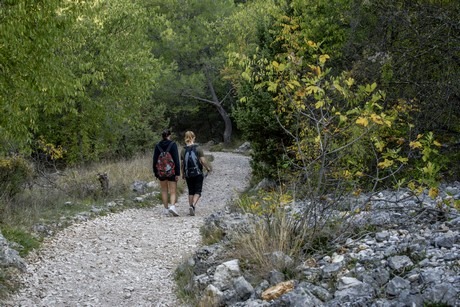
© Krka National Park
Krka National Park is also a holder of the ''Stay Safe in Croatia'' badge, and the park is being very careful in ensuring epidemical measures are respected by both the visitors and employees while informing the public about the benefits of being out in the open air during these challenging times.
Back in the former Yugoslavia, on January the 24th, 1985, the Parliament of the Socialist Republic of Croatia declared Krka a National Park, and it has enjoyed an enormous amount of popularity ever since. This gorgeous park remains a place of natural and cultural heritage, a place to learn, a place to rest, and a place to enjoy a lovely escape from the stress of modern life.
Learn more about Krka National Park on our TC page.
For more about travel in Croatia, follow TCN's dedicated page.
VIDEO: Drone Reveals Super Close Encounter Beneath Zadar Whale Chasers
March 5, 2021 – Two locals look fragile and exposed against the gigantic secrets of the sea beneath them as newly revealed drone footage shows a super close encounter for Zadar whale chasers
Upon hearing a whale had strayed in the Karin Sea, Igor Goić and Sandra Župan, decided to set off to try and get a closer look. They became Zadar whale chasers for the day. On 4 March 2021, Croatian media Vecernji List described the pair as great lovers of travel and exploration of natural beauty.
A couple of months ago, the Zadar whale chasers travelled to the bay, some 30 kilometres from the city, to try and catch a glimpse of the sizeable mammal. Two days ago, they published a drone video from the day which made them realise only now that the whale was much closer to them than they thought.
Zadar whale chasers spoke to the media
“Last year, on October 10th we followed a fin whale that got sidetracked in Karin bay. We thought that the closest he got near us was around 5-6m. Today, by checking some footage from the drone we found this,” they wrote on Instagram.
The Zadar whale chasers' drone footage was transferred to processing software, which sharpens the contrast and "fixed" the colours a bit. This allowed the pair to find out they were much closer to the whale than they previously thought. In fact, he passes directly beneath the Zadar whale chasers boat.
“When you are in a kayak, low above the (water) surface, you do not see anything from the empty glare,” said Zadar whale chasers cameraman and director Igor Goić to Morski.hr “and as we tested with the paddle, the visibility was maybe up to 2 meters (when you dip the whole paddle you can't see the other end).
Goić explained to the media that not only had the fixed footage revealed the surprise and previously unknown passage of the animal beneath them. There is also another shot where it comes alongside the Zadar whale chasers kayak and then turns on its side for a minute so it can watch them. Getting up close to nature is one thing, but when your kayak is dwarfed by such an amazing creature of the sea, perhaps some nearness is too close for comfort.
For the latest travel info, bookmark our main travel info article, which is updated daily.
Read the Croatian Travel Update in your language - now available in 24 languages.
Dinaric Karst Caves World's Richest In Species, 70% Indigenous To Croatia
February 8, 2021 – The Dinaric karst caves found intermittently down the length of the country's coast are the richest in the world when it comes to species that live within them. Many of them are extremely rare, with 70% of them being indigenous exclusively to Croatia
Dinaric karst caves are one of the best-kept secrets of Dalmatia. While the majestic Dinaric Alps are an ever-present backdrop within holiday photos taken on the Croatian coast, the Dinaric karst caves and cave systems that can be found intermittently running through them remain little known, explored only by a handful of expert speleologists and biologists. And, that is how it should remain, because they are teeming with very rare species.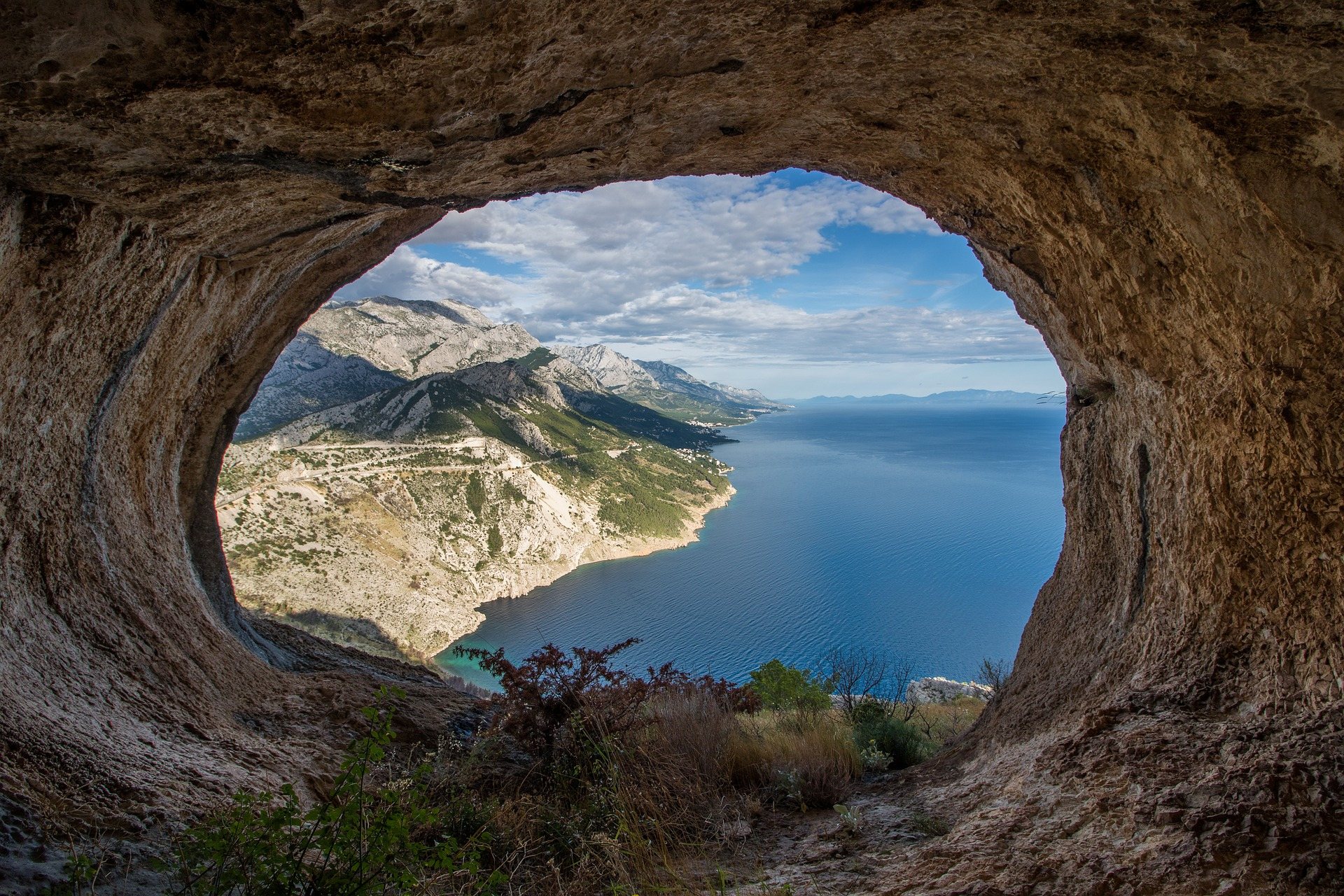 A cave in the Dinaric Alps in Dalmatia
A cave in the Dinaric Alps in Dalmatia
Croatia's Dinaric karst caves are the richest in the world when it comes to species that live within them. Many of the creatures that live in Dinaric karst caves are extremely rare, with 70% of them being indigenous exclusively to Croatia.
Having evolved over millenia to life in the darkened environs of Dinaric karst caves, the animals that inhabit this subterranean ground once lived above-ground and were much more common. The tough, lightless conditions of Dinaric karst caves meant that only those who were strong enough to adapt would survive, developing new features or losing others in response to their habitat.
Recently featured in TCN because it is up for 'Mollusc of the Year', the rare Congeria Kusceri is a classic example of how Dinaric karst caves have changed in response to their environment. The mollusc lost its pigmentation and any sense of sight due to having a lifetime bereft of sunlight.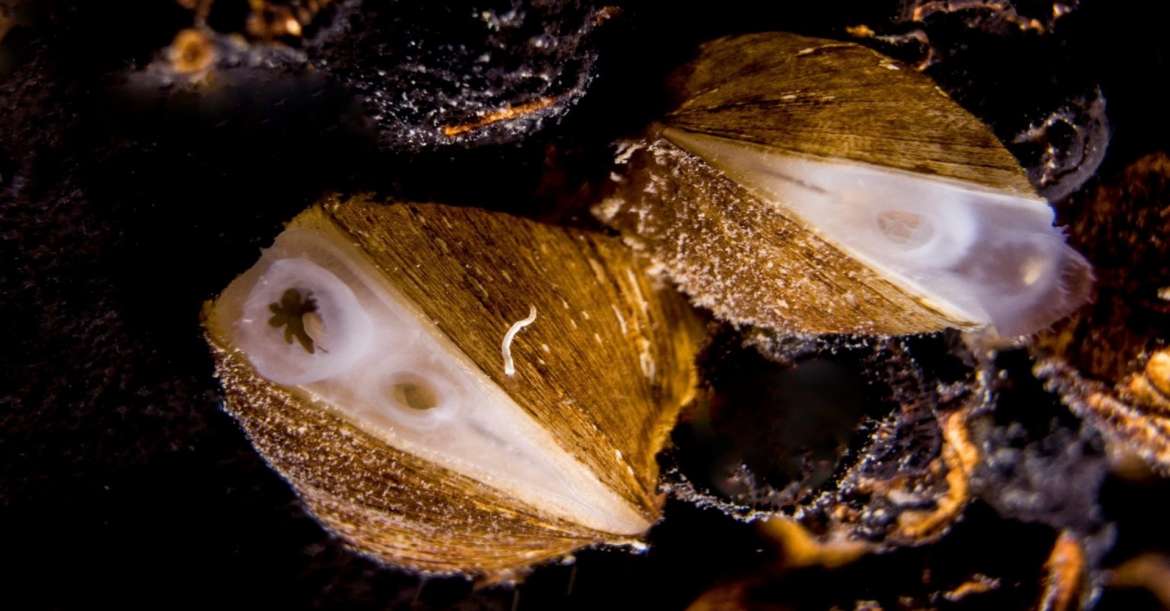 Congeria kusceri © Vedran Jalžić
Congeria kusceri © Vedran Jalžić
According to a recent article published by National Park Krka, who themselves have many rare species and Dinaric karst caves, other classic characteristics of the evolutionary process on Dinaric karst caves species include a thinning of the integument (the protective outer layer, shell or skin), lengthening of body parts, slow metabolism, life longevity, low reproduction, accumulation of fat reserves, reduced aggression, cessation of day-night rhythm, cessation of seasonal changes and activities, and changes in brain structure.
186 Dinaric karst caves species have been endangered according to the endangerment criteria of the International Organization for Nature Protection (IUCN). One of the biggest threats is the pollution of their underground habitats. Therefore, some of caves have been recognised at a national and at an EU-level as being natural habitats of special interest and marked as off-limits. About 400 speleological objects are listed under Caves and pits closed to the public (code 8310) and 220 under Overflowing or partially flooded sea caves (code 8330).
But, for those interested in discovering the hidden network of Dinaric karst caves within Croatia, there are many which are accessible and open to the public. Official guides and several speleology associations are available to reveal these secret subterranean lairs. What you see inside might be just as spectacular as how these mountains look in the background of your holiday snaps.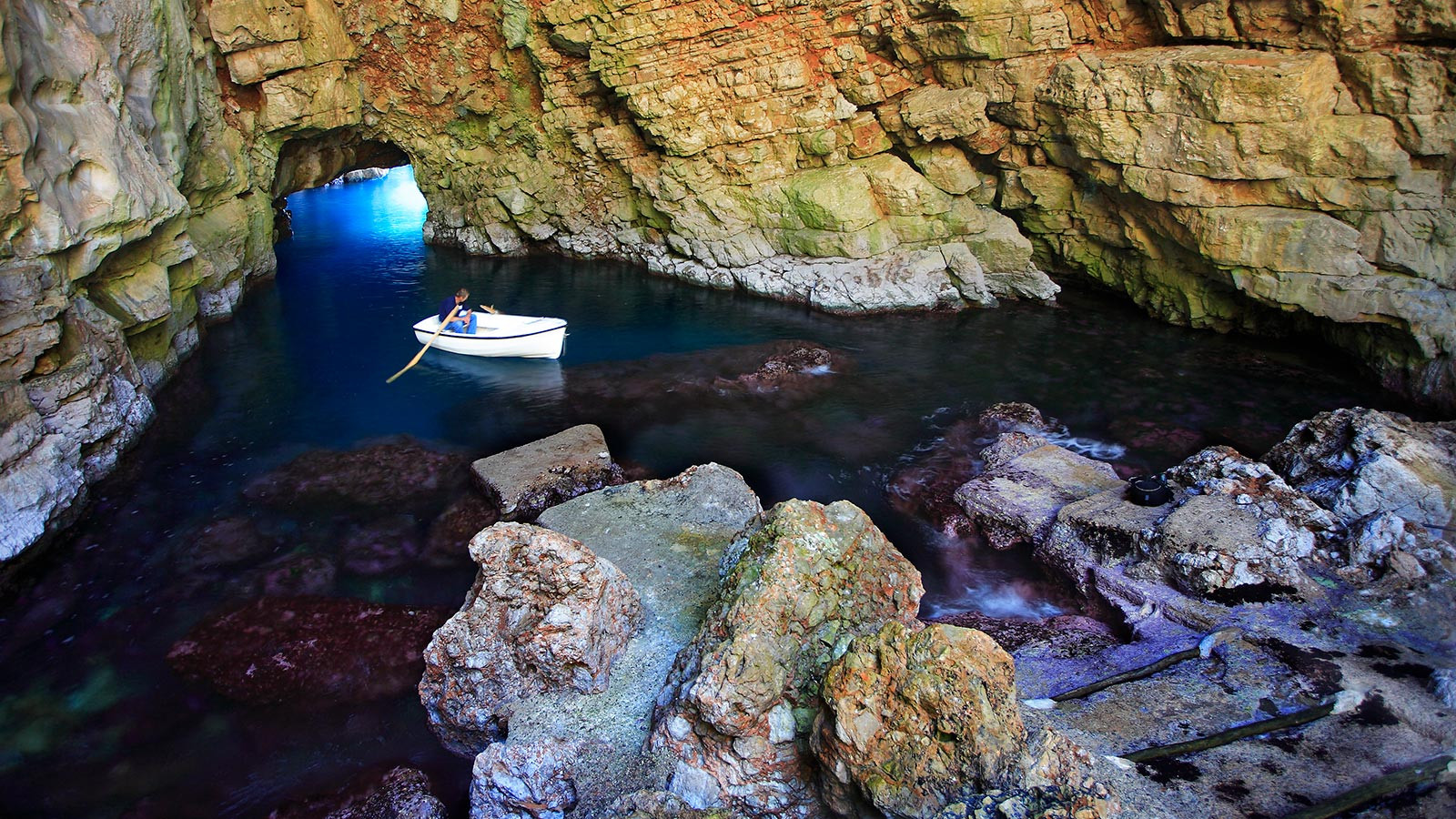
The Ulysses cave on Mljet island, one of the many caves in Croatia which is accessible to the public © TZ Mljet
VIDEO: Stunning Aerial Footage of Dolphin Family in Zadar Archipelago
February 1, 2021 – The Adriatic might be too cold for us right now, but conditions are perfect for this dolphin family, spectacularly captured gliding through glacial, undisturbed waters by an overhead drone
The Adriatic might be too cold for us right now, but conditions are perfect for this dolphin family, spectacularly captured gliding through glacial, undisturbed waters by an overhead drone
The footage of the dolphin family was captured spectacularly by keen amateur drone photographer Davor Miljkovic. Davor, who is from Zapresic, usually puts his eye for aesthetics into website design – he works as a PHP website developer for Virtus dizajn in Lanište, Zagreb and as a freelance website developer. But, he is currently taking advantage of working remotely and was able to catch footage of the dolphin family during his off time.
“I live in Zapresic but my grandmother is from island Rava, near Zadar,” Davor told TCN on 1st February 2021, two days after he posted the video of the dolphin family to his Youtube channel. “So, we have a house here by the sea. My fiance and I spend part of the winter here and we are here all summer too.”
The Zadar archipelago (in Croatian Zadarski arhipelag) is an incredibly picturesque group of islands off the coast of the city of Zadar. In addition to island Rava, off which Davor saw the dolphin family, the archipelago also consists of the islands Dugi Otok, Galešnjak, Iž, Lavdara, Ošljak, Pašman, Rivanj, Sestrunj, Tun Veli, Ugljan, Vir, Vrgada, Zečevo and Zverinac.
The beautiful stretch of islands is usually very popular with summertime visitors. It would seem that it's also popular in wintertime with visitors who live in the sea. And, of course, people like Davor who are lucky enough to catch sight of them.
For the latest travel info, bookmark our main travel info article, which is updated daily.
Read the Croatian Travel Update in your language - now available in 24 languages
Karlovac City of Trees: 10, 000 Trees Breathe Life Into City Centre
January 21, 2021 – By fiercely protecting their natural residents, Karlovac city of trees improves the quality of life for all – the trees keep the air clean, reduce the temperature and noise and serve as a habitat for city centre wildlife
The parks we find within cities can often be the very best parts. As a visitor, their memory can rival the grandest architecture you take in. London and Zagreb are two perfect examples. Who couldn't say that the stroll between Glavni kolodvor (main train station) and Ban Jelačić Square via Tomislavac and Zrinjevac isn't year-round one of the most gorgeous parts of the Croatian capital?
Though lying only 50 kilometres to the south-west of Zagreb, in the city of Karlovac they have taken a different approach. Instead of building parks within the city, they've built a city within parks, or so they like to say. And, walking down its tree-lined promenades, shaded by the riverside or through its immaculate rolling parkland, who could disagree? This is a city within a park. Also, it is Karlovac city of trees.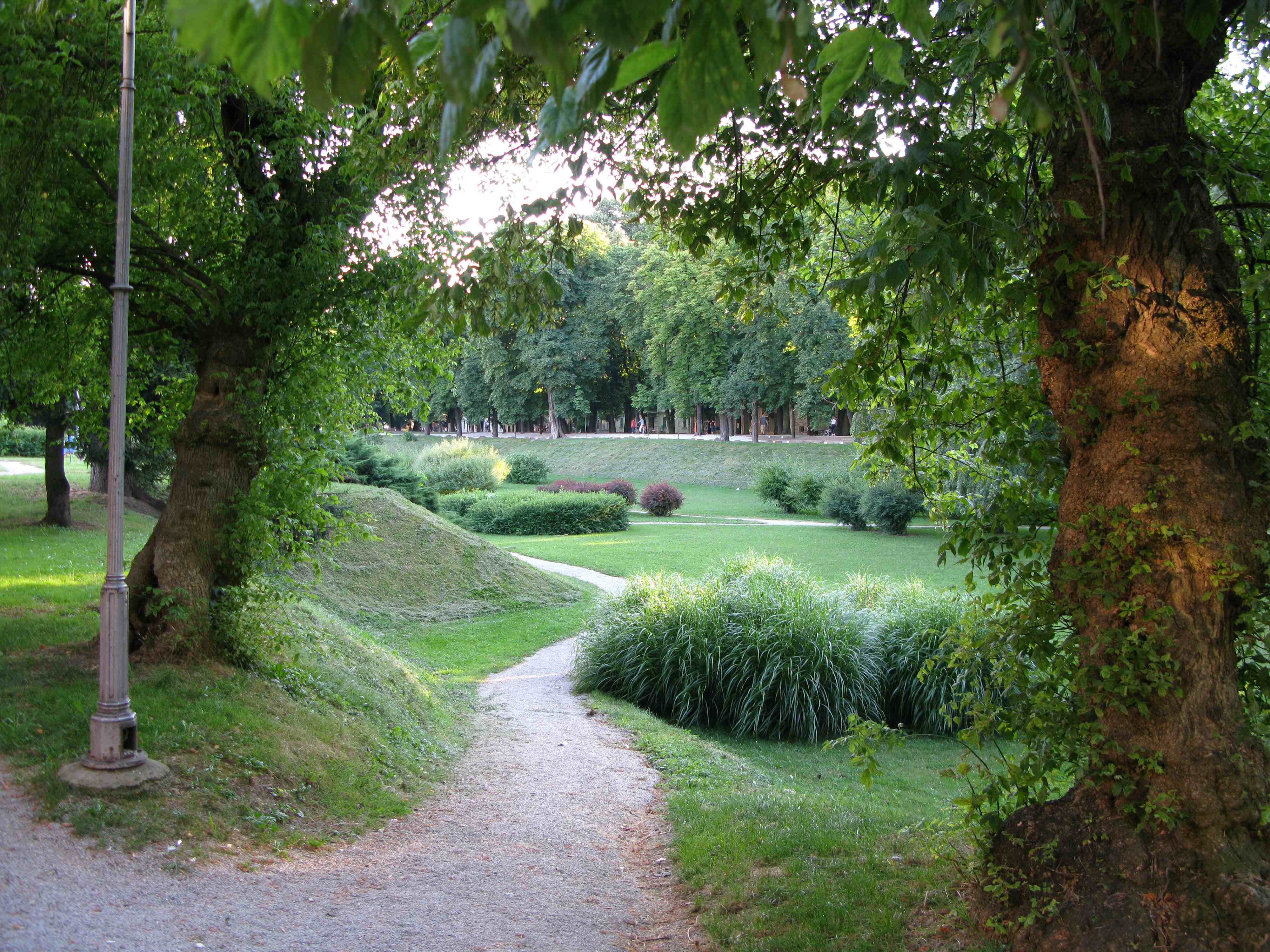 One of Karlovac's famous city centre parks © 11raccoon1
One of Karlovac's famous city centre parks © 11raccoon1
Karlovac city of trees prizes its green assets more than most. They never cut down their trees unless its health poses a direct risk to property or person. Any new builds or city expansion must happen around the longstanding green residents. Local by-laws state that for any tree removed from within the city centre, another must be planted in its place.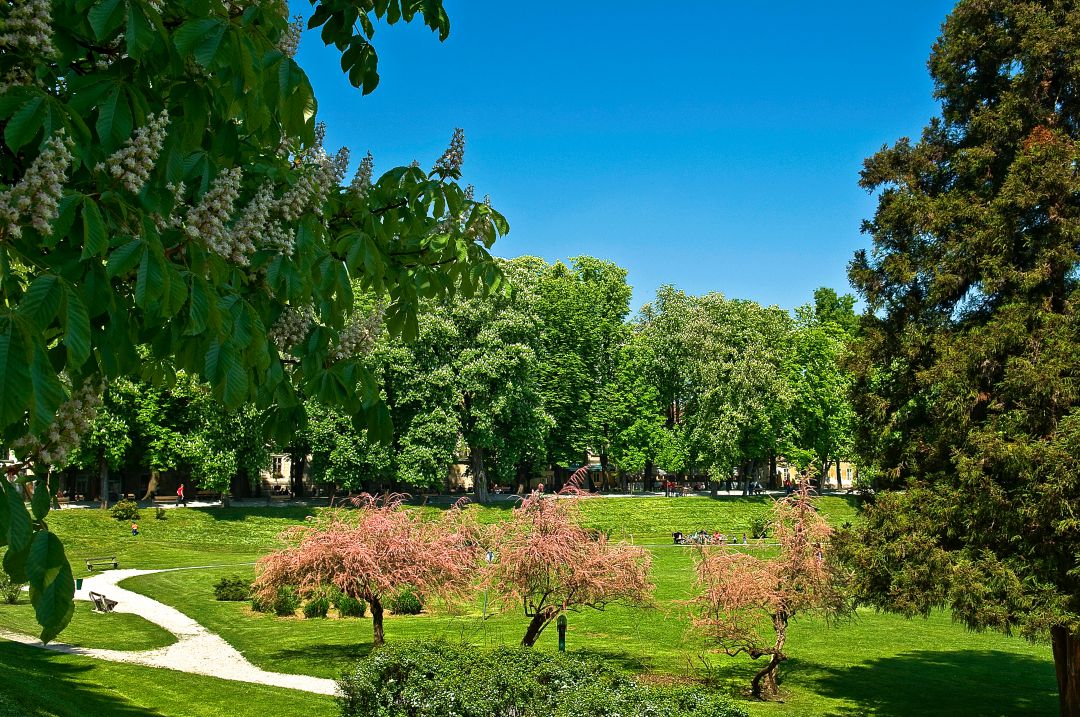 © Visit Karlovac
© Visit Karlovac
In addition to the public institution Natura Viva, which takes care of the parks in Karlovac city of trees, and the company Zelenilo, which takes care of public green areas, the Commission for the Protection and Arrangement of Green Areas of the City of Karlovac has been established. The city recognises that its green areas, in particular its trees, are not only there for their beauty – they positively affect air quality, reduce temperature and reduce noise in the city. They are also the habitat of the city's animal residents. The quality of life of residents in Karlovac city of trees is dependant on these natural assets.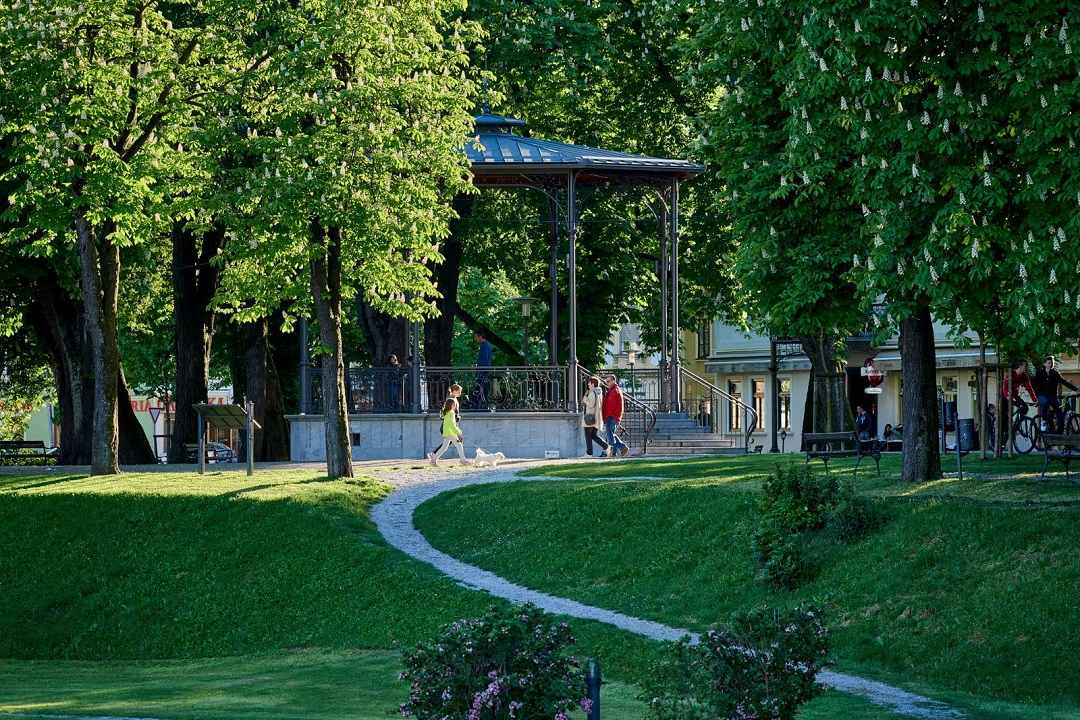 © Visit Karlovac
© Visit Karlovac
So seriously do they take the responsibility of looking after its trees, that Zelenilo maintains a map of the city which details every single tree that exists within the city centre. As noted in a news item from yesterday from the lokalni.hr portal, this map, or cadastre, has just been updated. Karlovac city of trees now proudly counts 10, 000 trees as valuable residents within its city centre.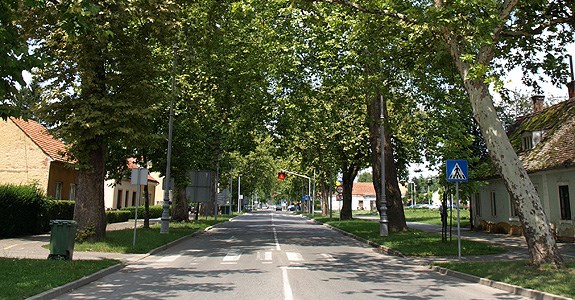 © Grad Karlovac
© Grad Karlovac
In order to reach this high figure, Zelenilo detailed that 144 new trees were planted in the city last year and another 147 trees in the Mekušje business zone. In 2019, 242 trees were planted, 95 in the year before, 119 in 2017, 210 in 2016, 162 in 2015, and as many as 200 in 2014.
Indigenous Croatian Species Congeria Kusceri Up For 'Mollusc of the Year'
January 20, 2021 – Let's be honest, Croatia has a lot more photogenic inhabitants than this. But, from over 120 molluscs registered, the indigenous Croatian species Congeria kusceri have been chosen as one of the top five finalists in this year's Mollusc of the Year competition.
There's actually quite a good reason why Congeria kusceri isn't so photogenic – it lives underground. In fact, Congeria kusceri comes from the Congeria genus, which are the only known freshwater underground shellfish in the world. Most of this genus has sadly become extinct. However, three members of the family survive in this region - Congeria jalzici which can be found in Slovenia, northern Velebit and northwestern Lika, Congeria mualomerovici which lives in the Sana basin in Bosnia, and Congeria kusceri which is endemic to underground cave systems of the Neretva and Trebišnjica basins in Herzegovina and southern Dalmatia. Although, that wasn't always the case.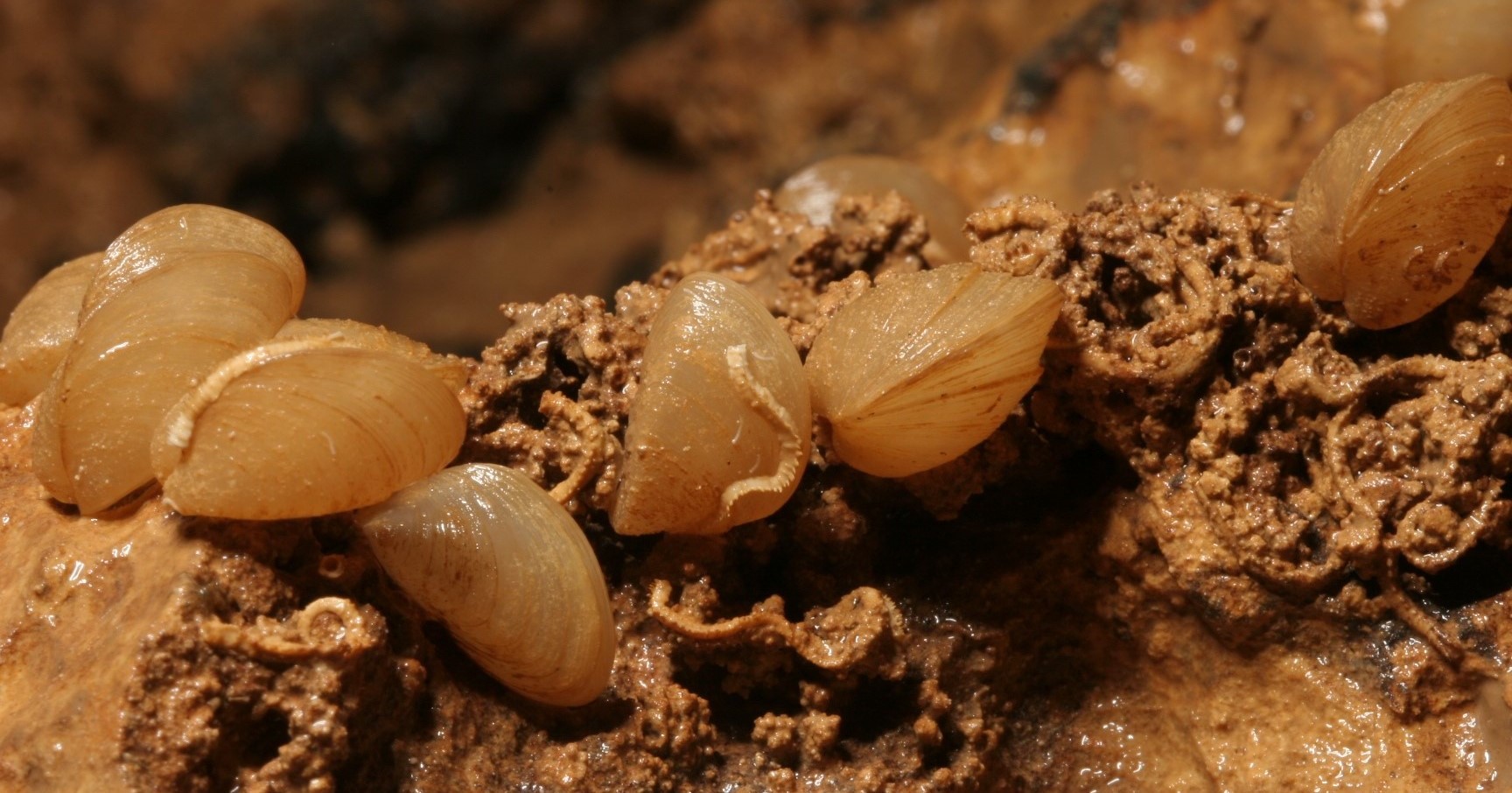 Congeria kusceri are albino molluscs, having lost their pigmentation while living away from sunlight. They live in southern Dalmatia, whose strongly supported football club, Hajduk Split, are also associated with the colour white © The Croatian Biospeleological Society (CBSS)
Congeria kusceri are albino molluscs, having lost their pigmentation while living away from sunlight. They live in southern Dalmatia, whose strongly supported football club, Hajduk Split, are also associated with the colour white © The Croatian Biospeleological Society (CBSS)
The ancestors of these molluscs used to live on the surface of lakes. Some of the molluscs followed the flow of water downstream and ended up inhabiting cave systems underground. Those which were able to adapt to a life of complete darkness survived. Having existed for so long in such a sunless environment, Congeria kusceri have lost their pigmentation - another reason we might consider them unphotogenic.
Congeria kusceri is on the Croatian Red List of Cave Fauna, in the category of critically endangered species, and at the European level, it is protected by the Directive on the Protection of Natural Habitats and Wild Fauna and Flora of the European Union. It is extremely rare. To date, these molluscs have been found in only fifteen underground locations of the Dinaric karst region.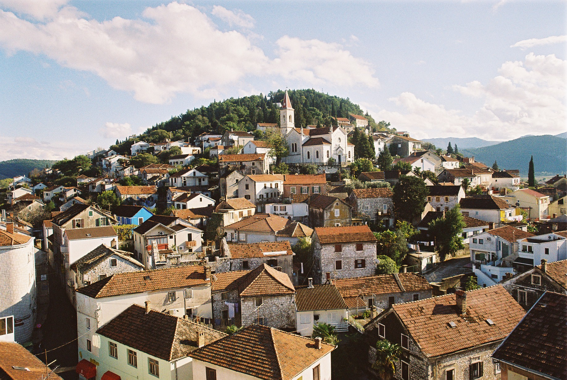 The Predolac hill in Metković © Jure Grm
The Predolac hill in Metković © Jure Grm
The largest living colony of Congeria kusceri that we so far know about can be found at the foot of the Predolac hill in Metković. Congeria kusceri is around two centimetres in length. Once part of a flourishing mollusc family, most of the Congeria genus died out around five million years ago. The genus was considered to be entirely extinct until shells of recently deceased individuals were found near Vrgorac in 1934. Congeria kusceri's new cousins - Congeria jalzici and Congeria mualomerovici – were only described and recognised as distinct sub-species as recently as 2013.
The Mollusc of the Year competition is run by the Senckenberg Research Institute and Museum, and the Centre for Translational and Genomic Biodiversity (TBG) in Frankfurt. Congeria Kusceri's success in being chosen as one of the finalists was announced by the Ruđer Bošković Institute in Zagreb.
Voting for Mollusc of the Year is open to the public. Anyone who is not too shellfish with their time and who may wish to support this endangered Croatian underdog in the competition can vote here
PHOTOS: Extraordinary Plants of Klis Fortress Show Two Sides of Dalmatia
January 2, 2021 – High on the mountains, overlooking the city of Split, the historic settlement of Klis stands on the border between two distinct climate regions – the Mediterranean and the Dalmatian hinterland. The sometimes rare and extraordinary plants of Klis Fortress are characteristic of both. A new book details the flora you can find on both sides of the Dinaric Alps
The views from Klis are spectacular. The great city of Split lies below you, perched on the edge of the glistening Adriatic, beyond it, the islands of Čiovo, Šolta, Brac, Vis and Hvar. It's a view that has been admired for over 2000 years.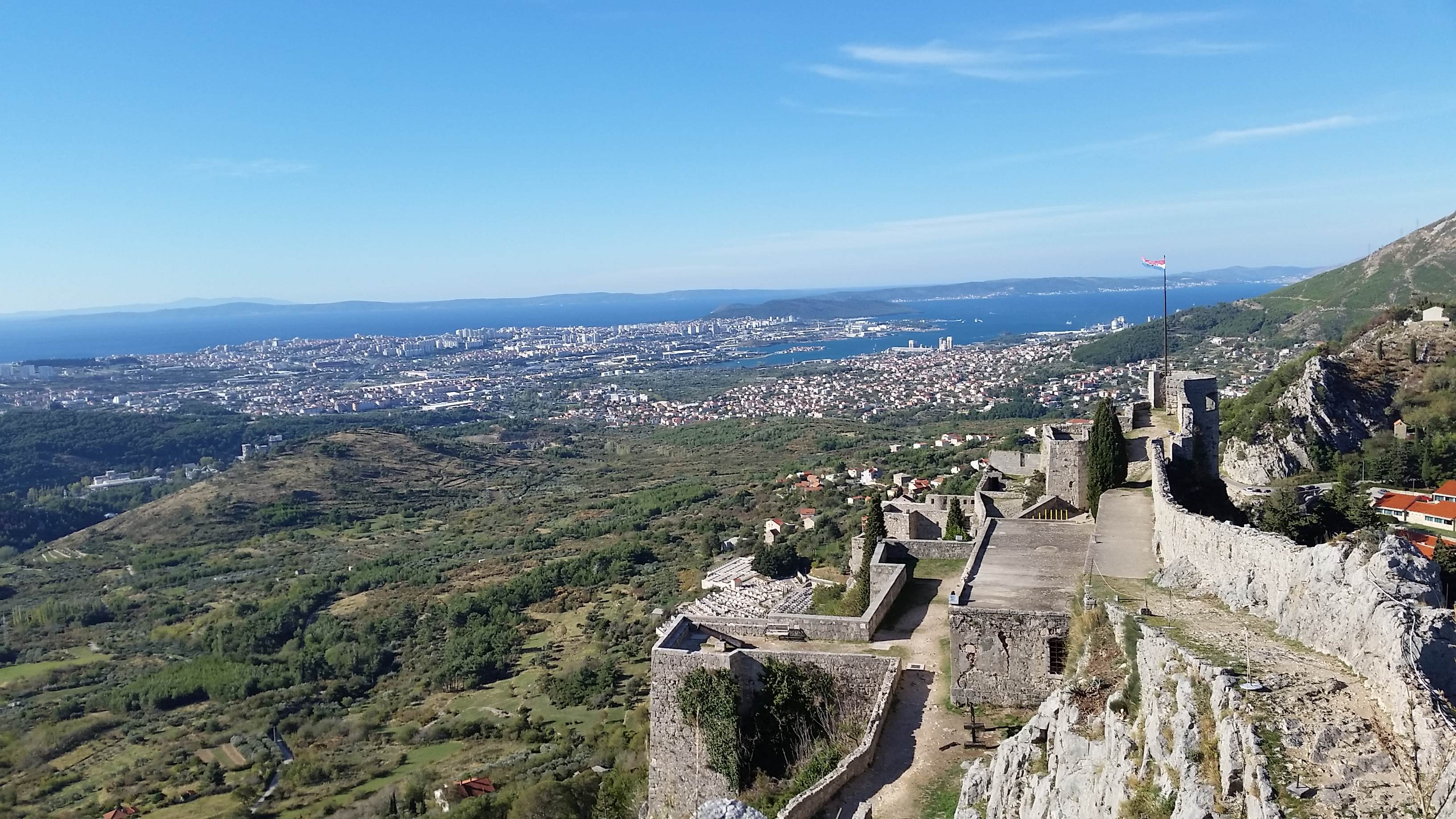 The view from Klis Fortress
The view from Klis Fortress
That's how long a fortress has stood here. Restructured and rebuilt several times over the millennia, within the walls of the impressive Klis Fortress lie much of the recent history of these lands – of the Illyrians and the Romans, the arrival of both Slavic people and of Christianity, the defence of Christian Europe from the Ottomans. So steeped in history are these walls, little wonder the fortress was chosen as a filming location for the popular Game Of Thrones series.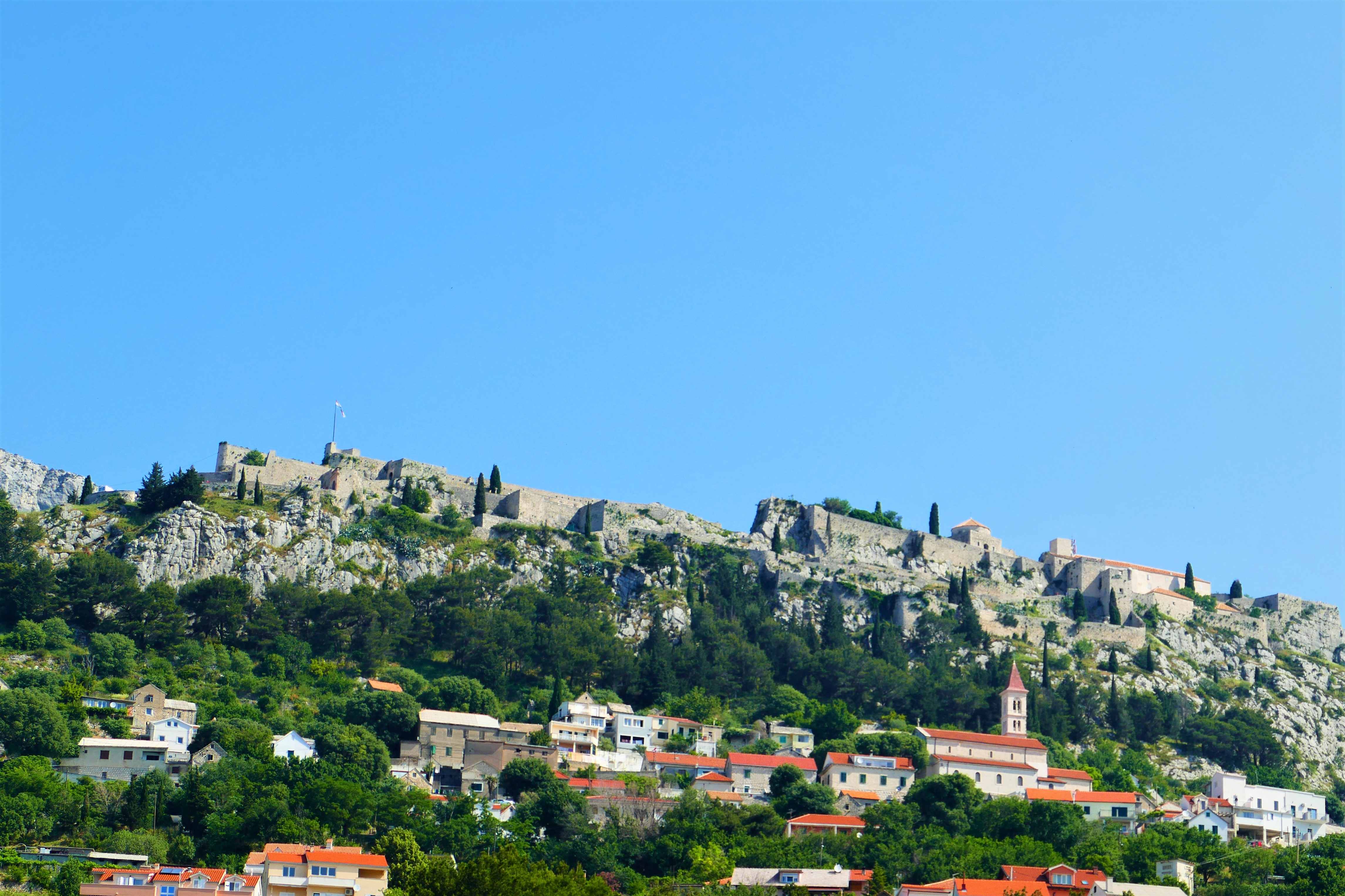 Klis Fortress
Klis Fortress
With its view so irresistibly inviting the eye, you could be forgiven for missing the plants of Klis Fortress. That's unfortunate. The fort straddles the top of the Dinaric Alps – one half existing within the sub-Mediterranean climate of the Dalmatian hinterland, the other on the distinctly warmer side of the Adriatic. This creates a unique environment for a wealth of flora. Not used as a fortress since the threat of Ottoman invasion subsided, these days the structure usually welcomes only tourists. The plants of Klis Fortress have reached into the grounds of the buildings, indeed into its very walls.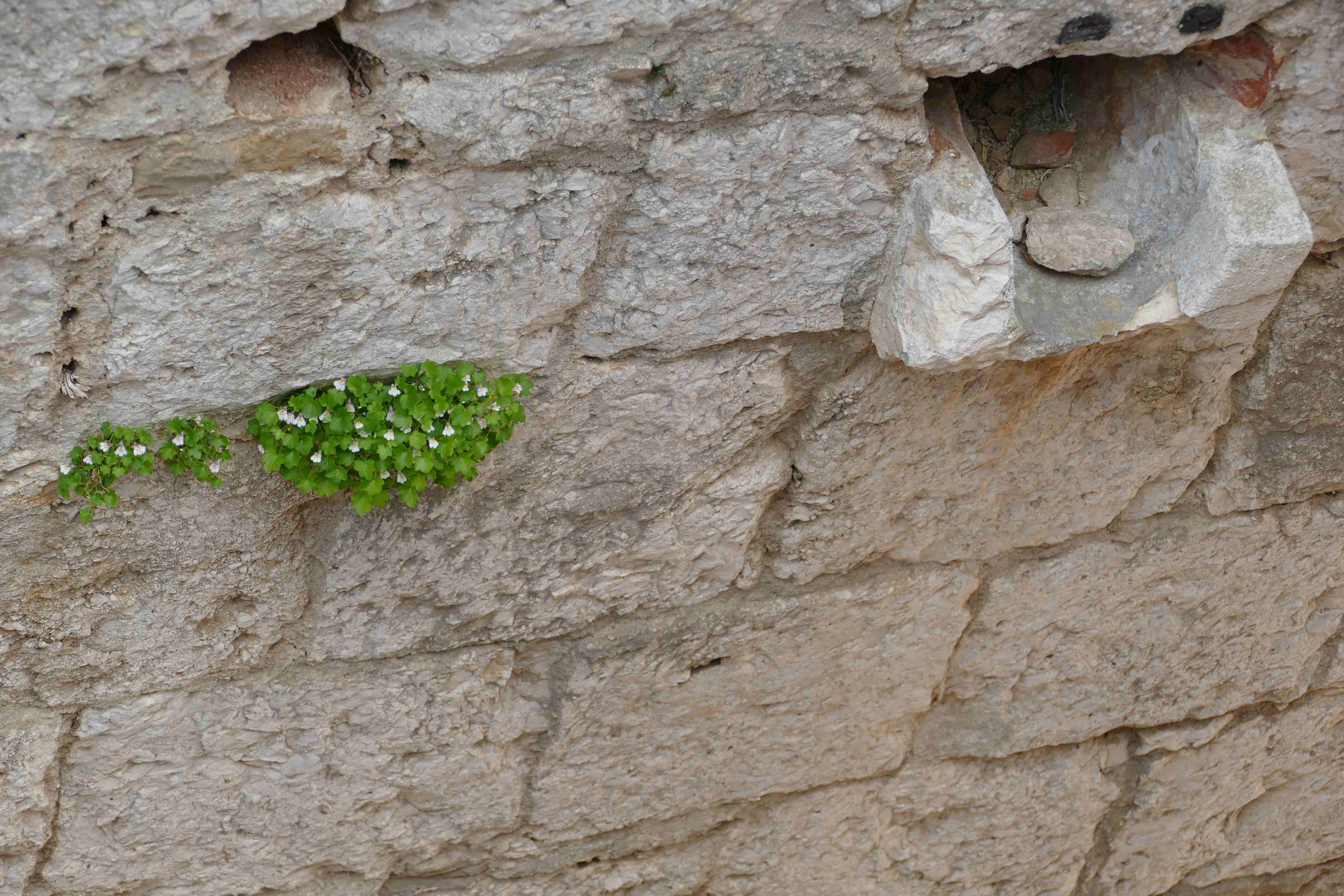 Cymbalaria muralis - Ivy Leaved Toadflax within the walls of Klis Fortress
Cymbalaria muralis - Ivy Leaved Toadflax within the walls of Klis Fortress
One person for who the plants of Klis Fortress did not go unnoticed is Ivan Limić. He lived in Klis all of his life, before leaving to get his degree, then a masters, at the Forestry department of the University of Zagreb. Today, he works for the Institute for Adriatic Crops and Karst Reclamation (IAC) on a PhD student's position. Having a specific interest in botany, he knows the plants of Klis Fortress better than most and after he met botanist Vedran Šegota of Herbarium Croaticum while in Zagreb, they decided they should work on a project together. After several years of work, that project - a book, 'Biljke Tvrdave Klis (Plants of Klis Fortress)' – has finally been released. Although helmed by co-authors Vedran and Ivan, it has actually been a project that involved a much greater group of contributors, not least the community of Klis and some of the best botanists in Croatia.
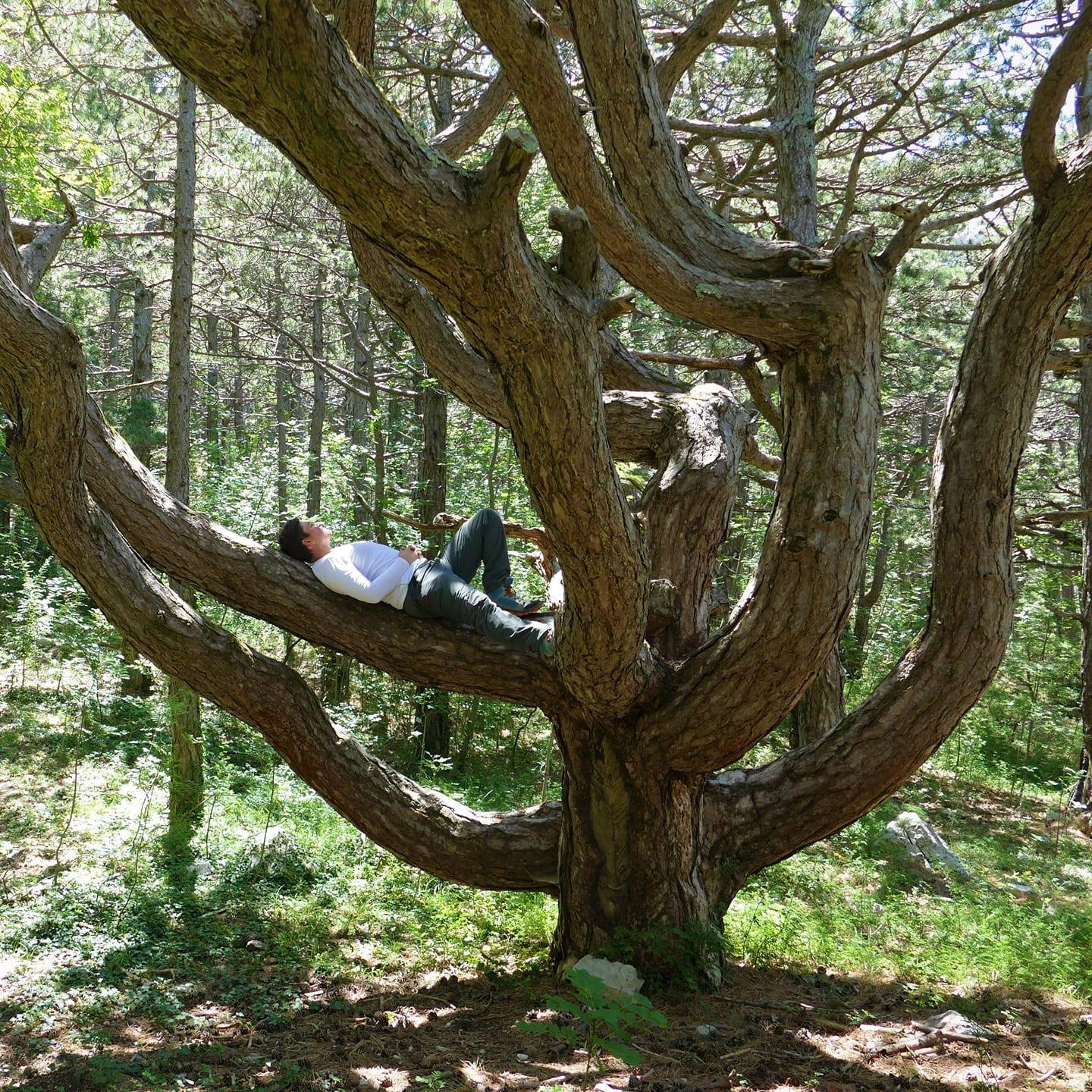
Ivan Limić, co-author of 'Plants of Klis Fortress', relaxing in a Black Pine
TCN talked with Ivan Limić to find out more about the book and about the plants of Klis Fortress
I first met Vedran when I started volunteering at Herbarium Croaticum Zagreb. I was in the city doing my degree. My main interests are forest silviculture and soil erosion, karst melioration, assessment of atmospheric deposition, study of flora, plant determination in Mediterranean region forest ecosystems and the effects of forest fires in those areas. We talked about doing a joint project because we shared similar interests. Vedran came to visit me in Klis and I wanted to show him around the fortress, but looking specifically at the flora. That's when we decided we should do a book about the plants of Klis Fortress.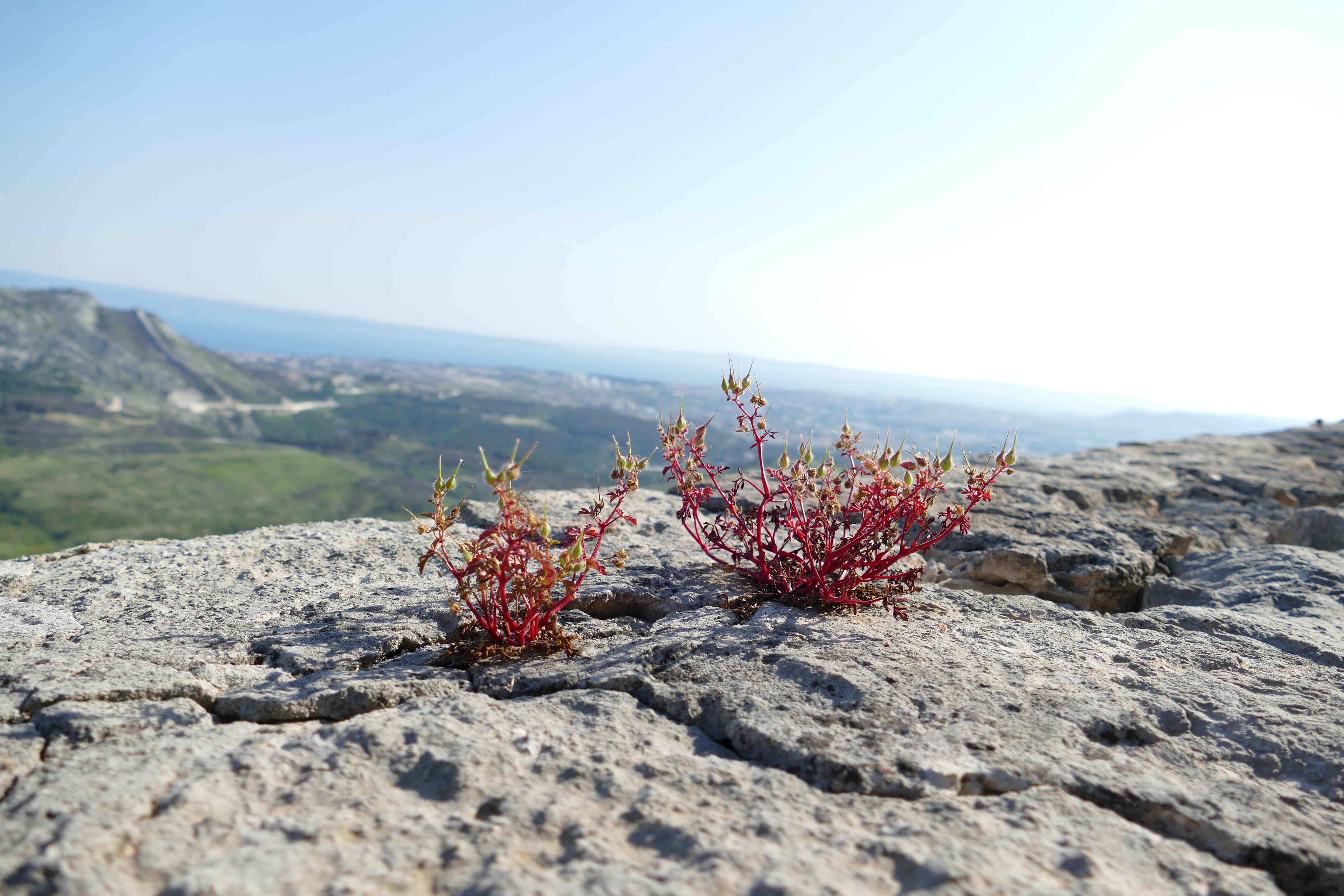 Geranium purpureum, the little-robin
Geranium purpureum, the little-robin
I walked around Klis Fortress all my life. When you live in a place, you not only acquire so much information about that place over the years, you also have an emotional connection to it. That's not something you can read in every book. Hopefully, with our book, we managed to get a sense of that emotional attachment across, so that you can really feel the place.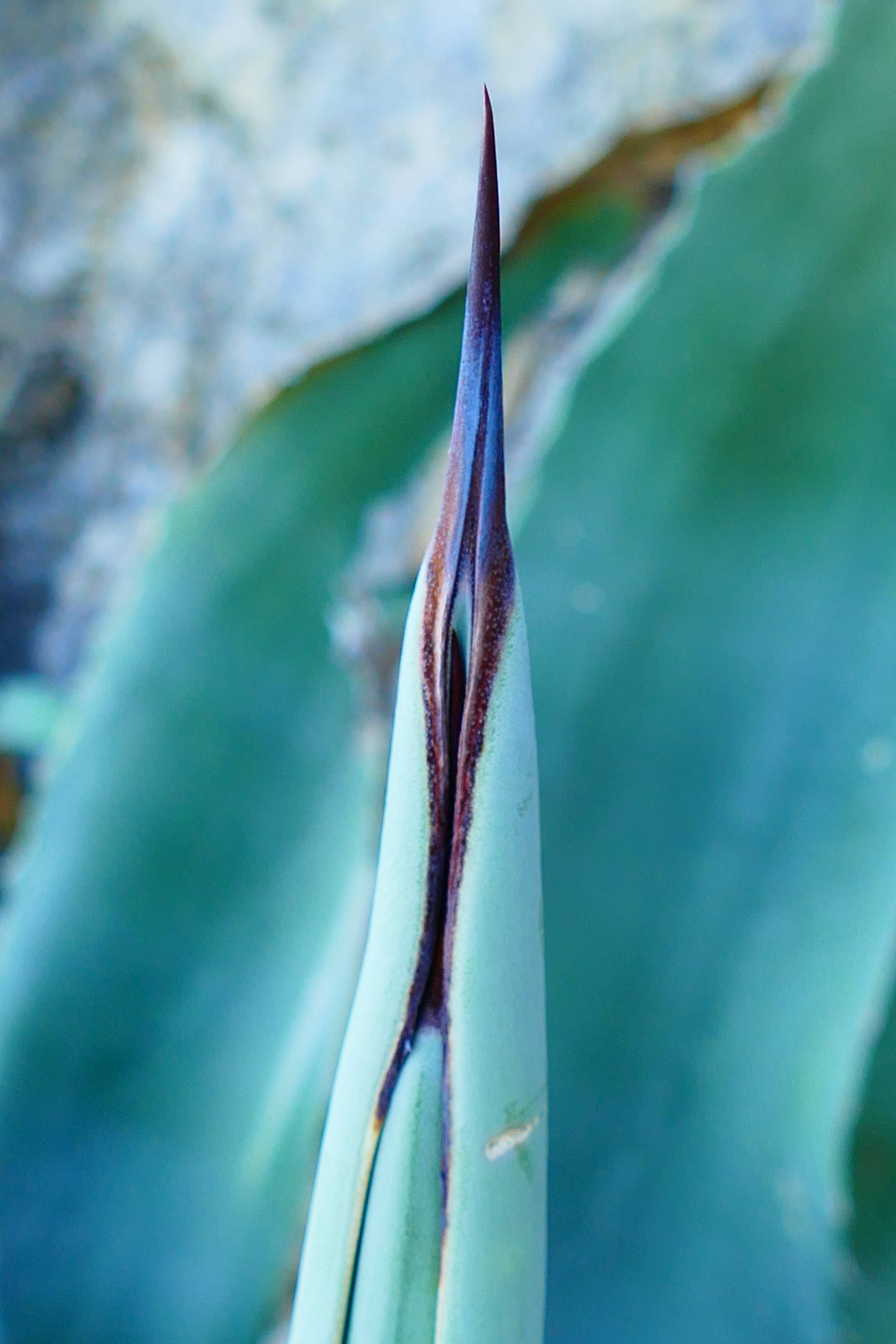 Agave americana
Agave americana
In a way, the special thing about the plants of Klis Fortress is that they are not so special at all – they are extremely characteristic. But, they are characteristic of two completely different climate regions.
On the south side of Klis Fortress, it is very warm and sunny – the Mediterranean climate. You can find species like Aleppo pine. On the northern side of Klis Fortress, it is colder – the sub-Mediterranean climate. Here, you can even get snow in winter and the most common species is Black pine. Two completely different climate regions in just a 50 metre stretch diagonally along the ground. That's what makes it extraordinary.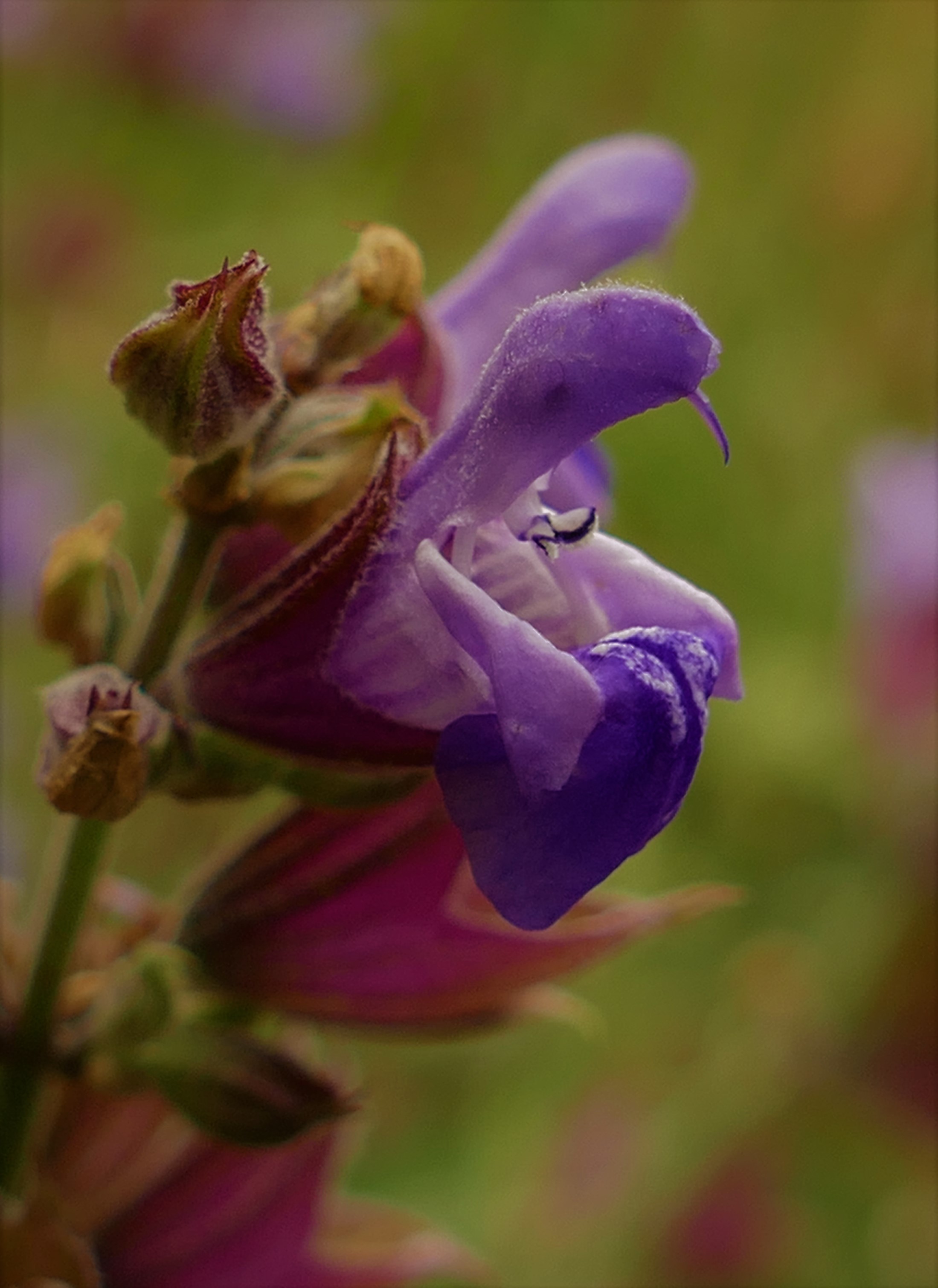 Salvia officinalis (sage)
Salvia officinalis (sage)
The plants of Klis Fortress include more than 300 species. We have around 100 of them listed in the book. Of those, 16 are species endemic to this area. Some of those are extremely rare - you can find them in very few places in Croatia - such as Fibigia triquetra. That plant is actually one of the reasons why this book exists. When I was a child, people used to tell me that some of the plants of Klis Fortress were very unusual and very rare. I used to walk around the fortress, looking at all the plants, trying to guess which ones were the unusual and rare species.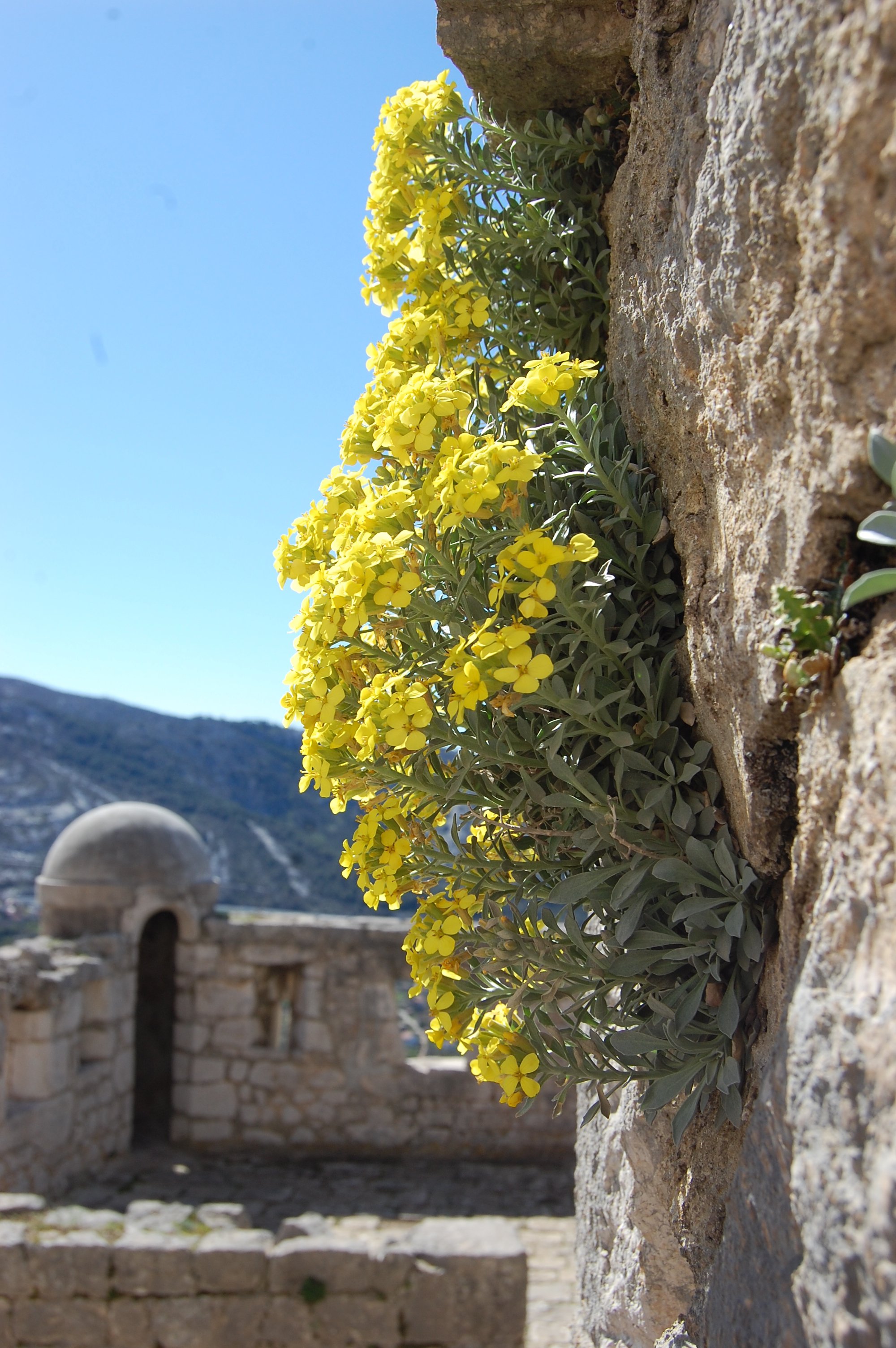 Fibigia triquetra
Fibigia triquetra
The man who first identified this as a unique, endemic species actually discovered his first specimen inside Klis Fortress. All of the studies and writings he made about the plant were done here. That plant is now the symbol of Klis Fortress.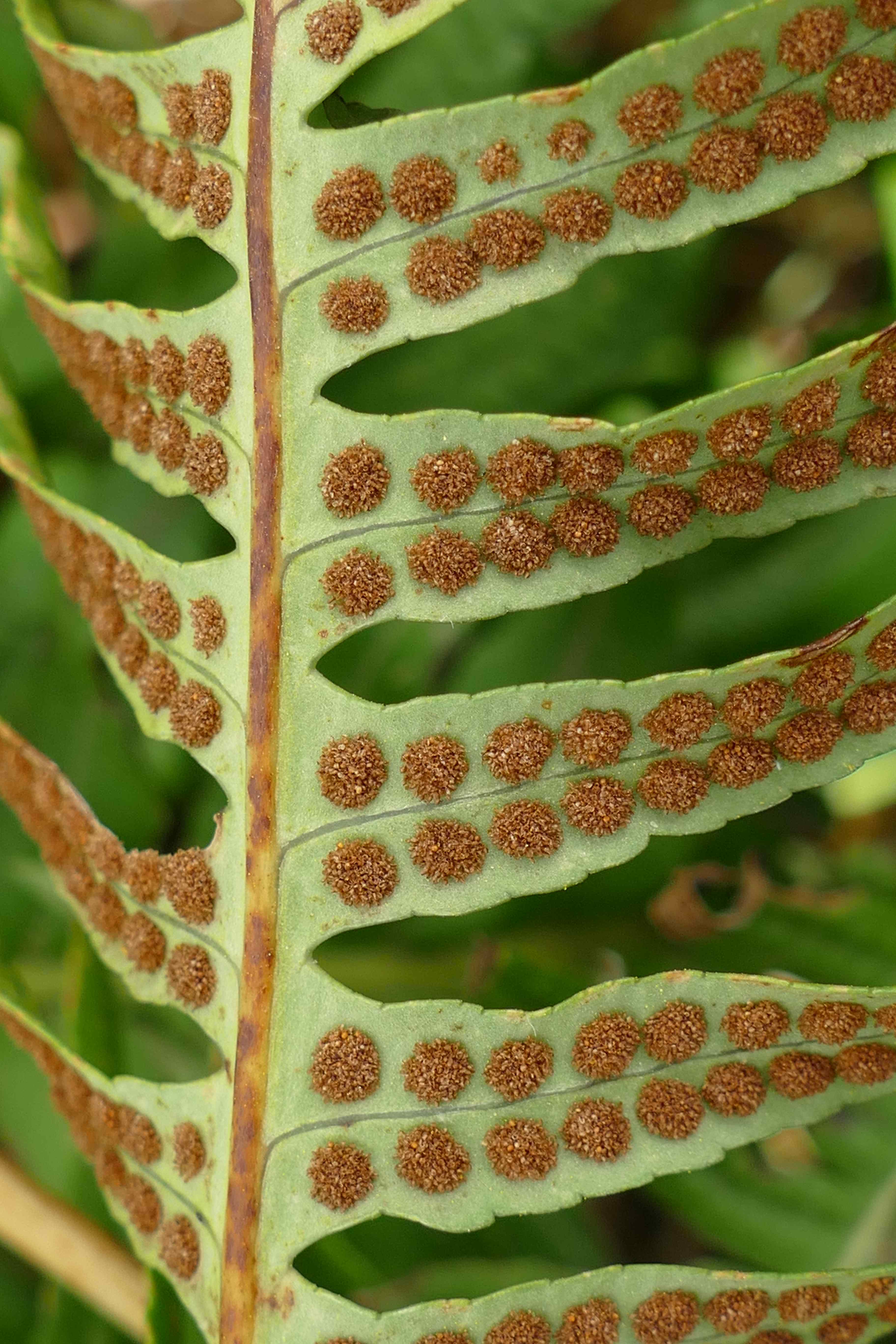 Polypodium cambricum
Polypodium cambricum
You can find our book in Klis library. Anyone can borrow it. It's also available at the entrance to Klis Fortress, where you buy the tickets. We wanted to give the opportunity to anyone who comes here to learn about the plants of this region – that's why we made such an effort to have the book in five languages. It was designed as a guide to the plant species of the whole Mediterranean mountain region in Croatia, so it's not just for the plants of Klis Fortress or the people who come to Klis Fortress itself.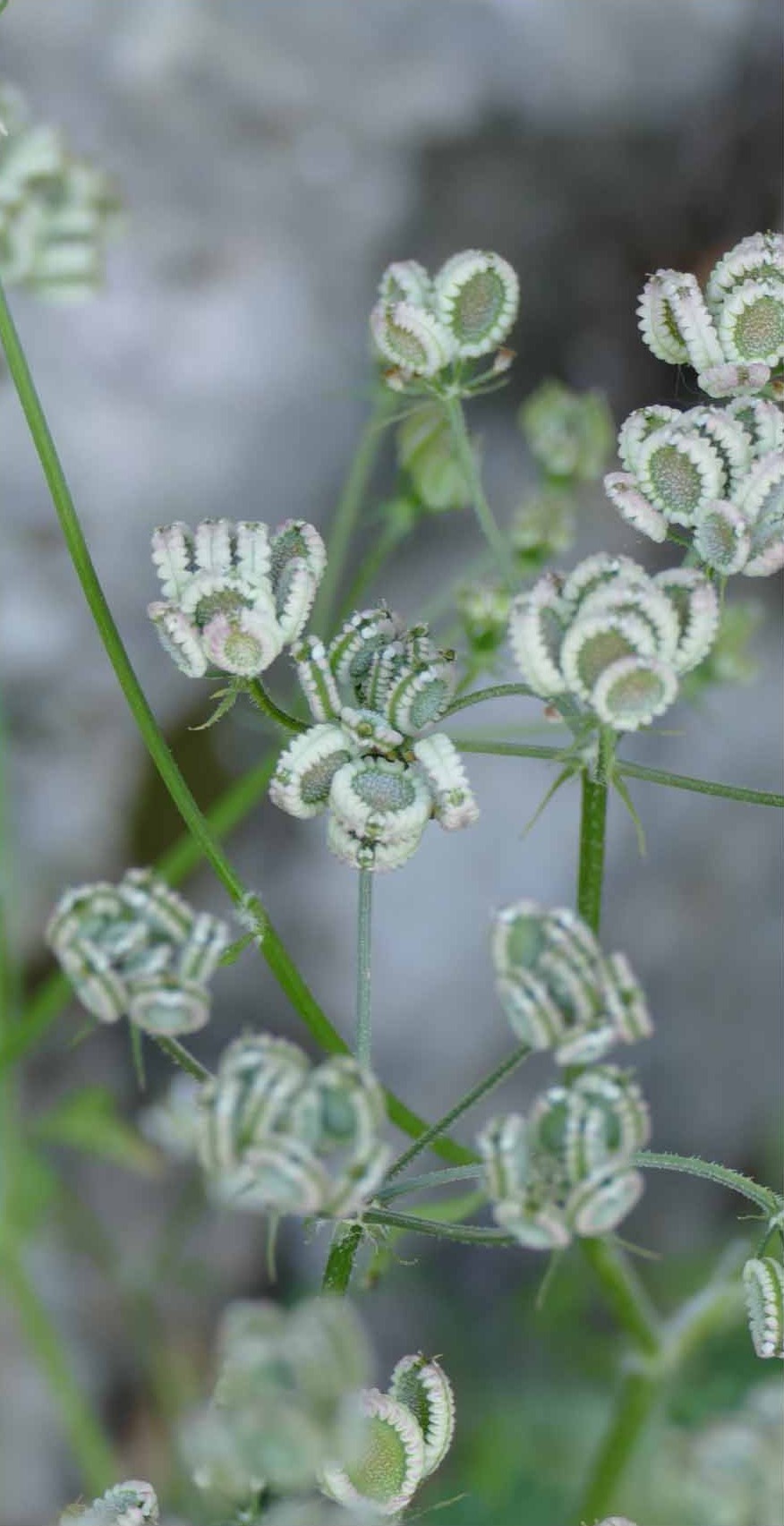 Tordylium
Tordylium
Most of the photography in the book was done by ourselves. It was important to take the photographs across four different seasons. That's one of the reasons it took almost two years to write this book.
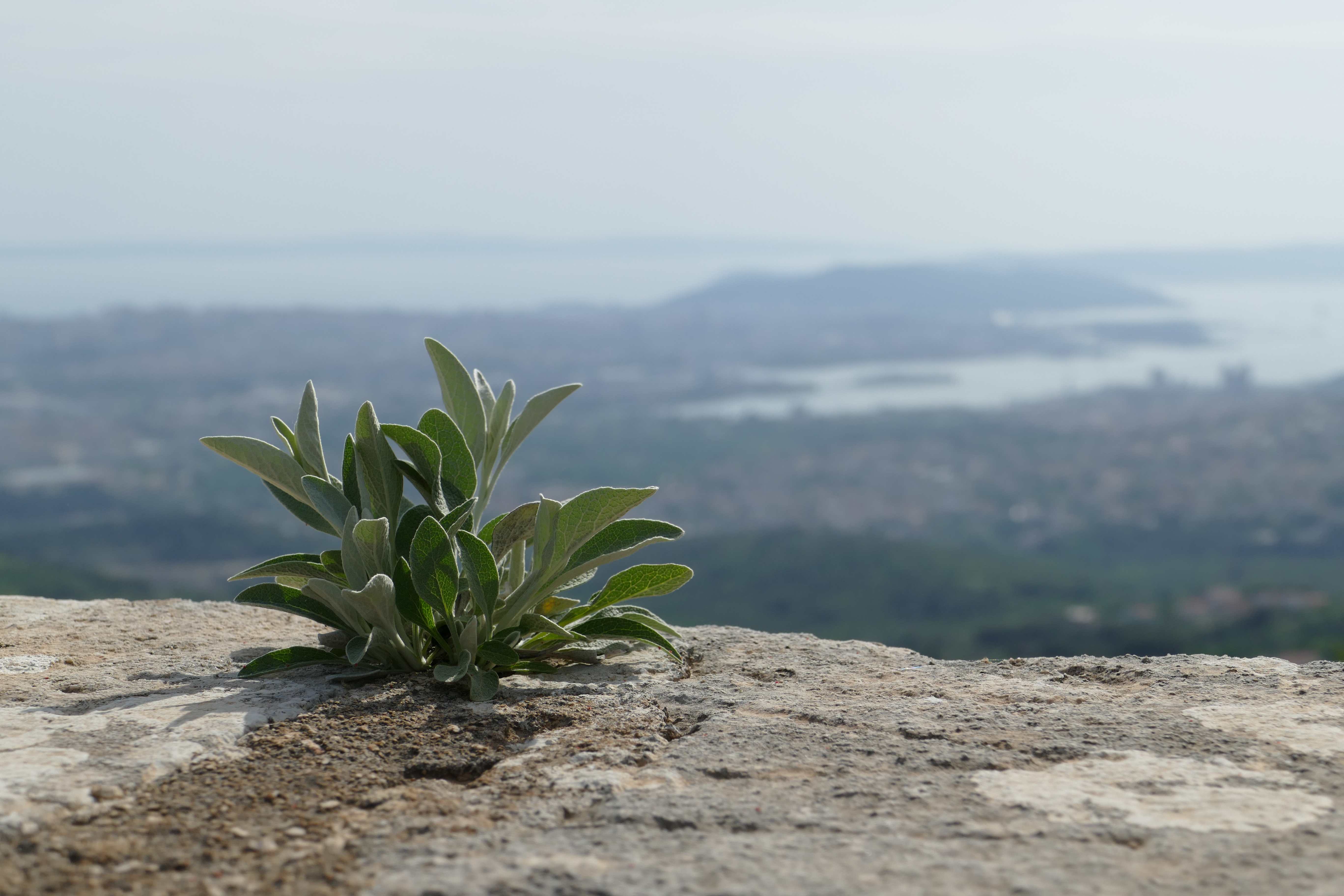 Inula Verbascifolia
Inula Verbascifolia
As we were making progress on the book, people in Klis began to find out what we were doing. It ended up becoming a project of the wider community. The mayor of Klis supported the project financially so that we were able to publish the book professionally and the library of Klis edited and published the book.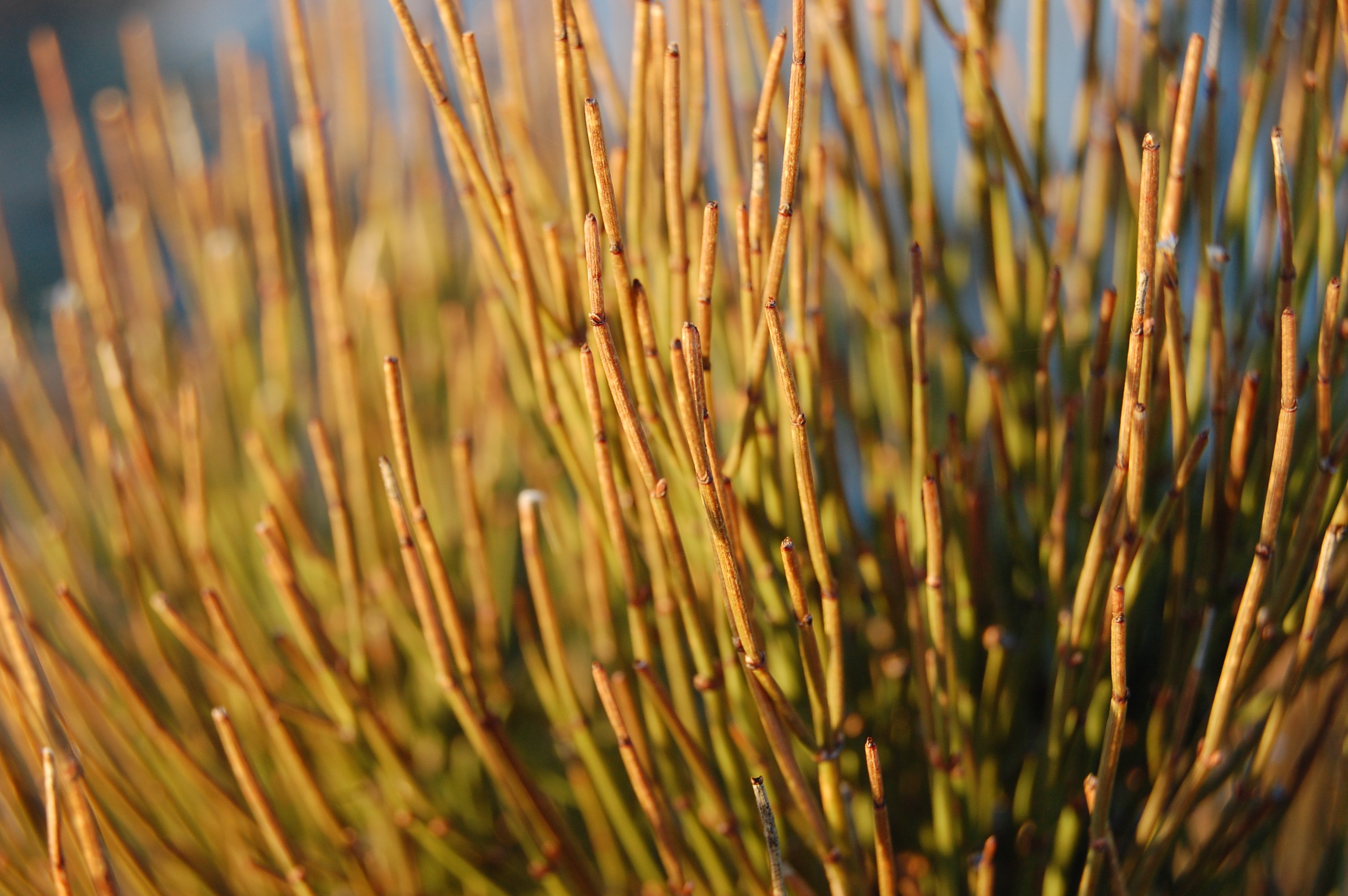 Ephedra major
Ephedra major
Others contributed to the design of the book and the translations, of course. Almost all of them donated their time and work to the project for free. It is quite difficult to translate some of this specific text correctly and we wanted to get it absolutely right. 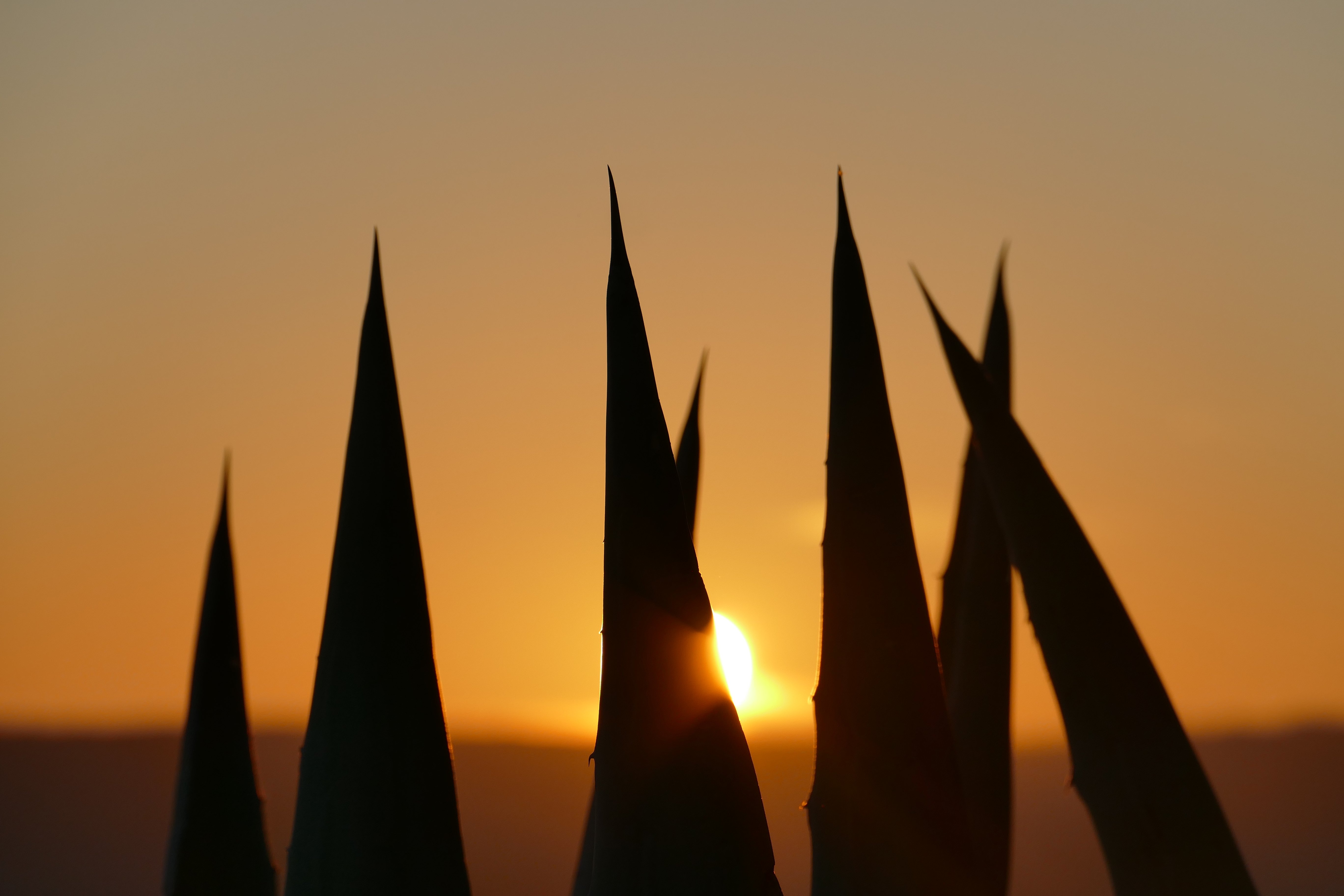 Agave americana
Agave americana
In the end, we ended up getting contributions from Italy and France, we had one colleague from the French embassy who helped and some of the best botanists we have in Croatia contributed to the book to make sure everything was absolutely correct. For that reason, the book was approved and recommended by the Botanical Society of Croatia and can be found in the Botanical library.
All images © Ivan Limić / The Plants of Klis Fortress
The Oldest Lady in Medulin is Croatia Tree of the Year 2020
November 16, 2020 – Sheltering a public square in the pretty Istrian village where she resides, The Oldest Lady in Medulin is Croatia Tree of the Year 2020 and will represent the country in the European Tree of the Year competition 2021
Najstarija Medulinka (the oldest lady in Medulin) is the winner of the Croatia Tree of the Year competition. She beat seven other contenders in a public vote set up by the competition's organisers, the Public Institution for the Management of Protected Areas of Nature of Dubrovnik-Neretva County. The Oldest Lady in Medulin will now represent Croatia in the European Tree of the Year competition 2021.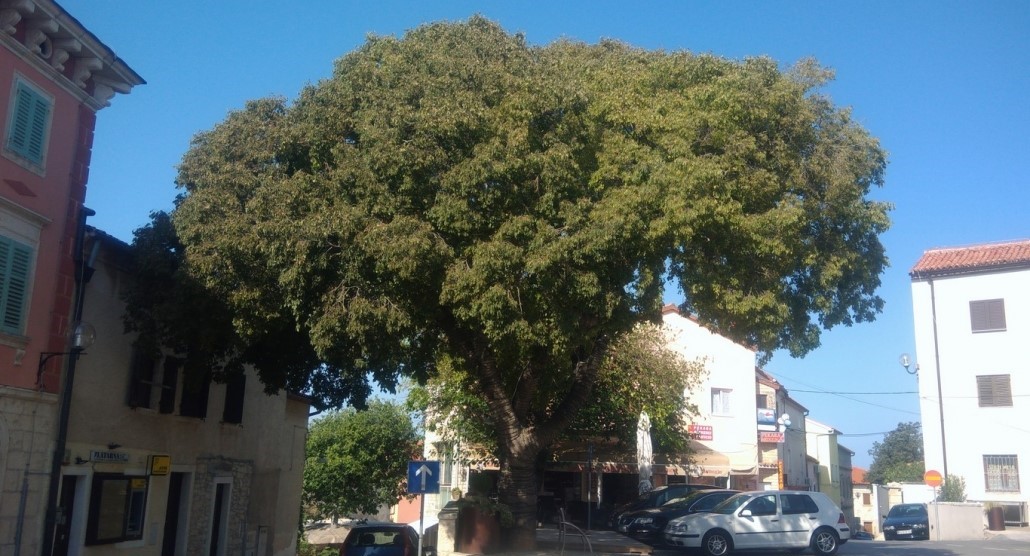 The Oldest Lady in Medulin © Sonja Barbara Bader
The Oldest Lady in Medulin © Sonja Barbara Bader
The Oldest Lady in Medulin can be found in centrally in her village, which lies at the south of the Istrian peninsula. She shelters a public square in the village of Medulin and much merriment has previously taken place at gatherings beneath her branches. In English, this type of tree is sometimes called European nettle tree, Mediterranean hackberry, lote tree, or honeyberry.
The Oldest Lady in Medulin won Croatian Tree of the Year 2020 with 9373 votes. The tree is 115 years old. This species, Celtis australis, is widespread in Mediterranean countries and can grow up to 25 metres in height. It has been said these trees can live up to 400 years. Their branches are pliable when young and so, in the past, the tree has been used to make walking sticks and the handles of some tools. It's small fruits and its leaves are sometimes still used in folk medicine.
As many as 23,238 people this year voted in the Croatia Tree of the Year competition. The tree which came in second place was the London Planetree of Mursko Središće, Međimurje County with 5874 votes, and in third place was Baka Maslina (Grandmother's olive tree) from Kaštel Štafilić in Split-Dalmatia County with 5068 votes.
Voting for European Tree of the Year will open on 1st February 2021 and people will be able to choose a favourite until 28 February 2021, when voting closes. The winner will be announced in Brussels on 21 March 2021 on World Forest Day. Croatia first participated in the European Tree of the Year competition in 2018 and last year narrowly missed winning the competition. The country took second place for its 2020 entry, the 242-year-old Ginkgo biloba tree which stands in front of Castle Janković in Daruvar.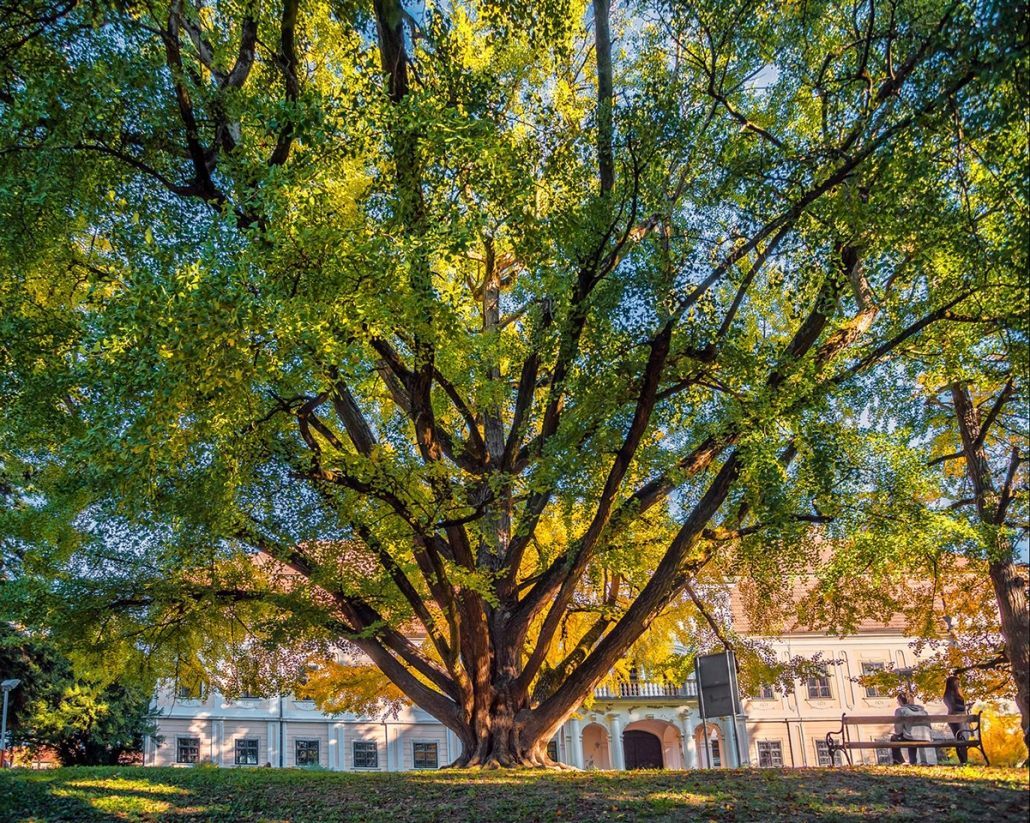 The 242-year-old Ginkgo biloba tree which stands in front of Castle Janković in Daruvar, Croatia Tree of the Year 2019 © JU-Priroda-BBŽ
The 242-year-old Ginkgo biloba tree which stands in front of Castle Janković in Daruvar, Croatia Tree of the Year 2019 © JU-Priroda-BBŽ
City of Varazdin Gets Croatia's First Community Orchard
October 27, 2020 – The City of Varazdin is planting Croatia's first community orchard – the space will bring together residents of all ages, provide free fruits and play a role in educating about organic produce and cultivation
The first community orchard in this part of Europe is being built in Varazdin. The community orchard will be situated to the west of the city centre, in the Haller alley, just behind the city cemetery. In the first phase, some 250 trees will be planted and be accessible to the public.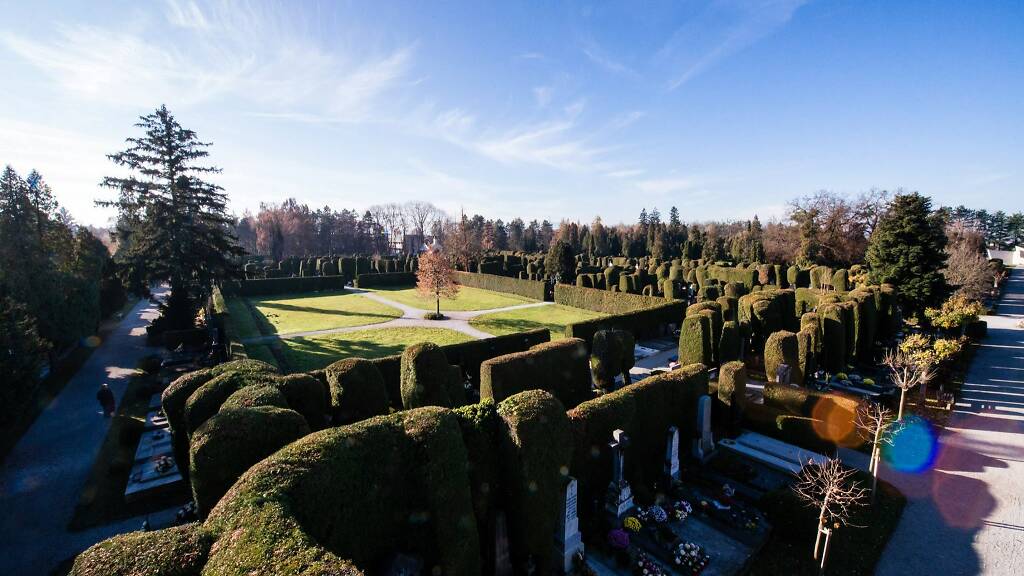 Beautifully landscaped in the early 1900s by Herman Haller, the City of Varazdin cemetery is one of its best gardens. It contains works by internationally recognised Croatian sculptors Antun Augustinčić and Roberto Frangeš-Mihanović. Frangeš-Mihanović is responsible for the very famous statue of King Tomislav which faces the main train station in Zagreb. The Varazdin community orchard will be located in Haller's alley, just behind the cemetery © Parkovi d.d. Varaždin
Beautifully landscaped in the early 1900s by Herman Haller, the City of Varazdin cemetery is one of its best gardens. It contains works by internationally recognised Croatian sculptors Antun Augustinčić and Roberto Frangeš-Mihanović. Frangeš-Mihanović is responsible for the very famous statue of King Tomislav which faces the main train station in Zagreb. The Varazdin community orchard will be located in Haller's alley, just behind the cemetery © Parkovi d.d. Varaždin
A community orchard, sometimes known as a public orchard, is an increasingly popular use of public land in some areas of western Europe and North America. They are an asset shared by a community and not managed for personal or business profit.
A community orchard has many benefits - it increases community access to healthy, organic fruit, it teaches young people about food, organic produce, agriculture and cultivation and it allows ordinary people to develop cultivation skills. This is particularly useful to those who themselves own no land for growing. They also increase co-operation and inter-generational socialising within a community and can be made into focal points for community activities.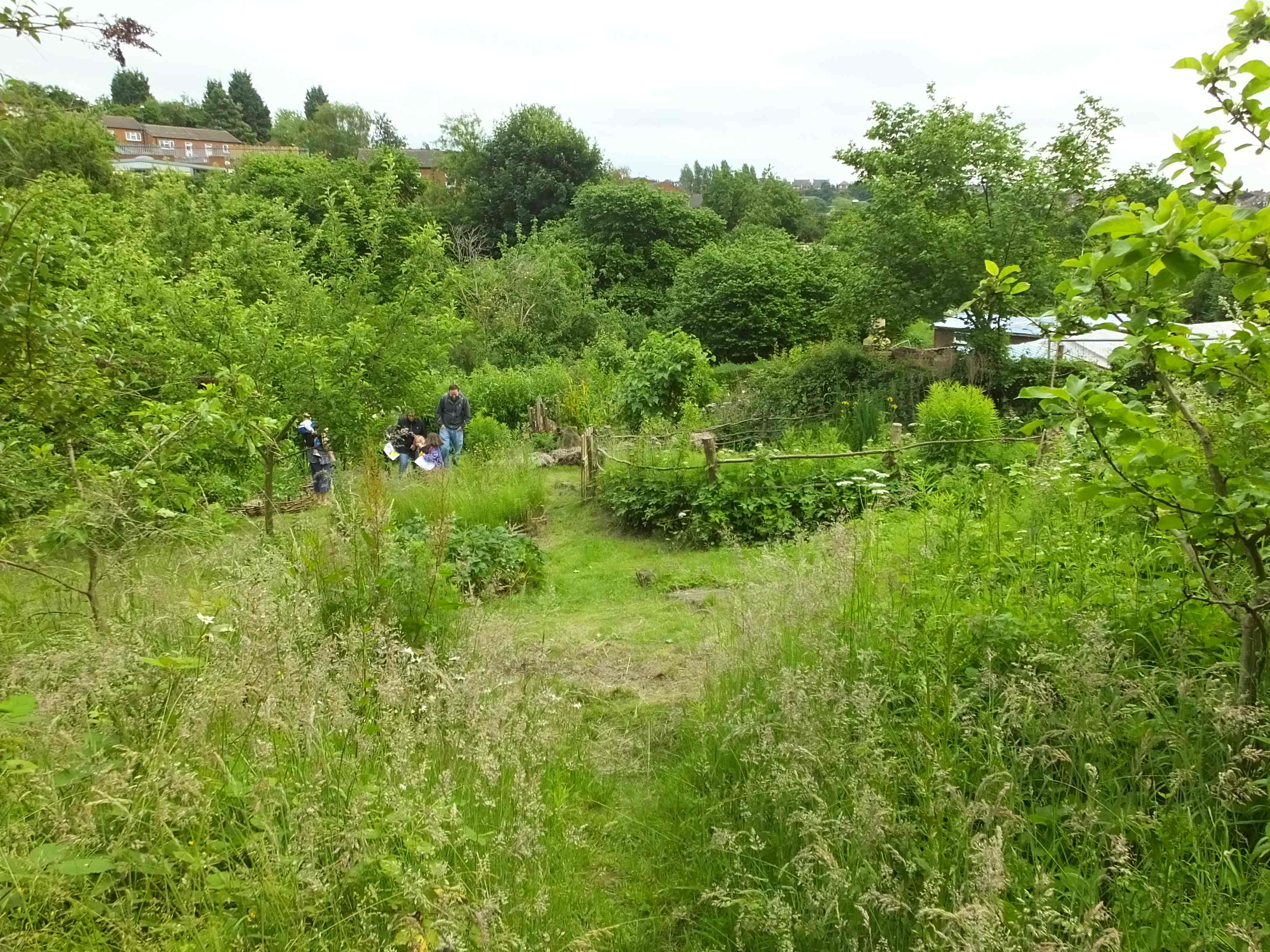 St Ann's Community orchard in Nottinghamshire, England © Clem Rutter, Rochester, Kent. (www.clemrutter.net)
St Ann's Community orchard in Nottinghamshire, England © Clem Rutter, Rochester, Kent. (www.clemrutter.net)
However, community orchards are not always met with universal approval. Interest in community gardening and cultivation schemes can wane over time, especially if they are started without authorisation. The burden of taking care of such projects then falls on city authorities.
Thankfully, any objections to this brilliant idea in Varazdin have been removed – the Varazdin community orchard will be taken care of by the city's own parks authority. They will decide on which particular fruits and trees are to be planted. Anyone from the community can come and help themselves.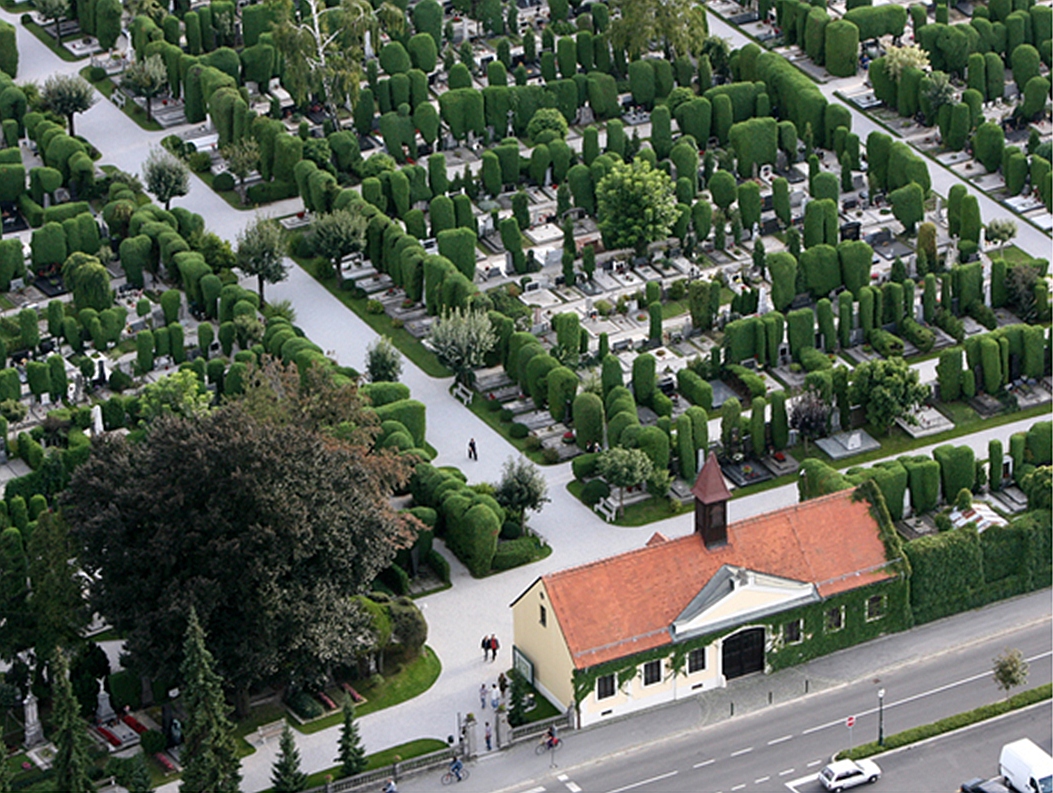 City of Varazdin cemetery, behind which the community orchard will be placed © Turistička zajednica grada Varaždina
City of Varazdin cemetery, behind which the community orchard will be placed © Turistička zajednica grada Varaždina
Low-lying fruit trees and berries are often chosen for community orchards. Their height level means they are not out of reach for youngsters who are being educated in such areas, and harvest is made safer, easier and more accessible to all age ranges.
The community orchard in Varazdin will be arranged in expanding circles. The first planted trees are expected to bear their first fruits within just a few years. Some residents of Croatia might be of the opinion that their communities already have a community orchard. However, taking fruit from a neighbours trees, even if granted permission to do so, is something different to a community orchard, in which access to pick fruit is opened to the general public at any time, not just community members and with no prior agreement necessary. Stealing fruit from your neighbour's trees and bushes is certainly not comparable to a community orchard.
For the latest travel info, bookmark our main travel info article, which is updated daily.
Read the Croatian Travel Update in your language - now available in 24 languages
VIDEO: Large Poskok Vipers Seen and Filmed in Vodice
October 26, 2020 – One of the largest Poskok vipers has been spotted in the area around Vodice, another was filmed hanging from a tree
Autumn in Croatia is the time of harvest, when the land gives up its bounty in preparation for winter and spring renewal. Those taking part in the harvest near the Dalmatian town of Vodice are sure to be extra vigilant over forthcoming days as local media has reported sightings of poskok vipers in the local.
One local resident detailed to infovodice.com that they had seen a specimen of almost 100cm in length. This is the maximum size an adult can reach (they are usually only around 85cm). Another of the poskok vipers was filmed hanging from a tree.
Vipera ammodytes is known as the poskok in Croatia. This species of viper is only found in southern Europe and parts of the Middle East. Although commonly called the sand viper, it actually prefers to live on dry, rocky hillsides with sparse vegetation, although it can be found on the edges of woodland and in woodland clearings.
The most northerly regions in which poskok vipers can be found are southern Austria, north-east Italy and Slovenia. They can be found as far east as Georgia, Syria and eastern Turkey. They are most commonly found within the countries of the Balkan peninsula.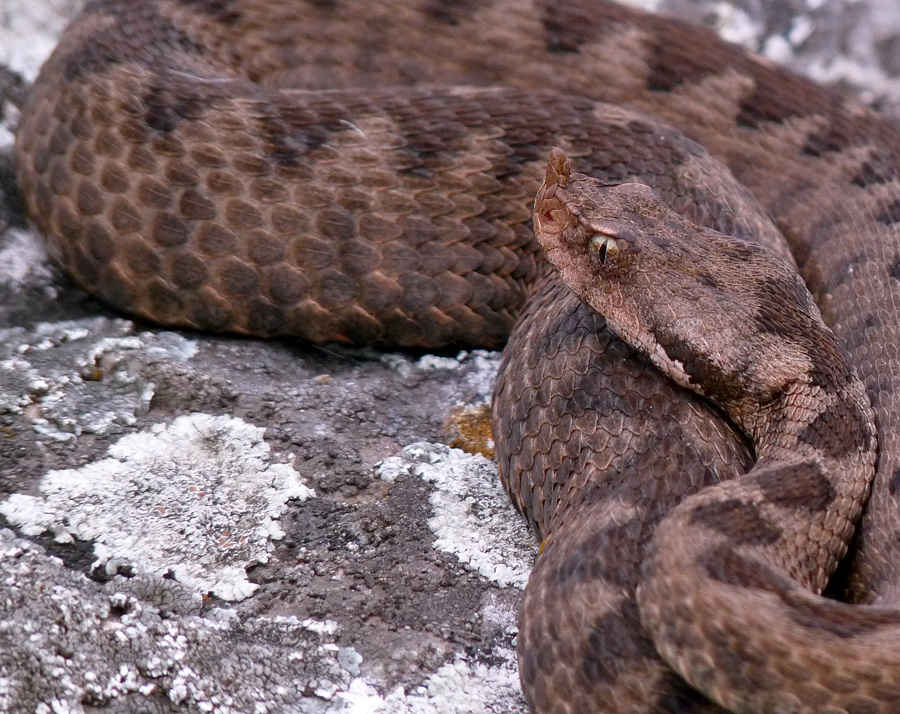 © Plamen Grigorov
© Plamen Grigorov
In Croatia, it's possible to find them living throughout Dalmatia and Istria, on the islands of Krk, Pag, Vir, Ugljan, Pašman, Korčula, Hvar, Brač and Mljet and in the continental regions of Lika, Medvednica, Žumberak, Banovina, Kordun, Gorski kotar, Kalnik, Zagora and Hrvatsko Zagorje.
Poskok vipers are a protected species in Croatia. Although they carry the deadliest venom of any snake to be found in Europe, they do not usually attack people unless provoked. However, they can be provoked unwittingly.
Depending on the region and the temperature, in the autumn months, the snakes can climb into trees. They do so to keep warm and to hunt for birds which, alongside small mammals and lizards, form the base of their diets. They hunt larger prey by first biting with their venom, then tracking the poisoned prey until it succumbs to the bite.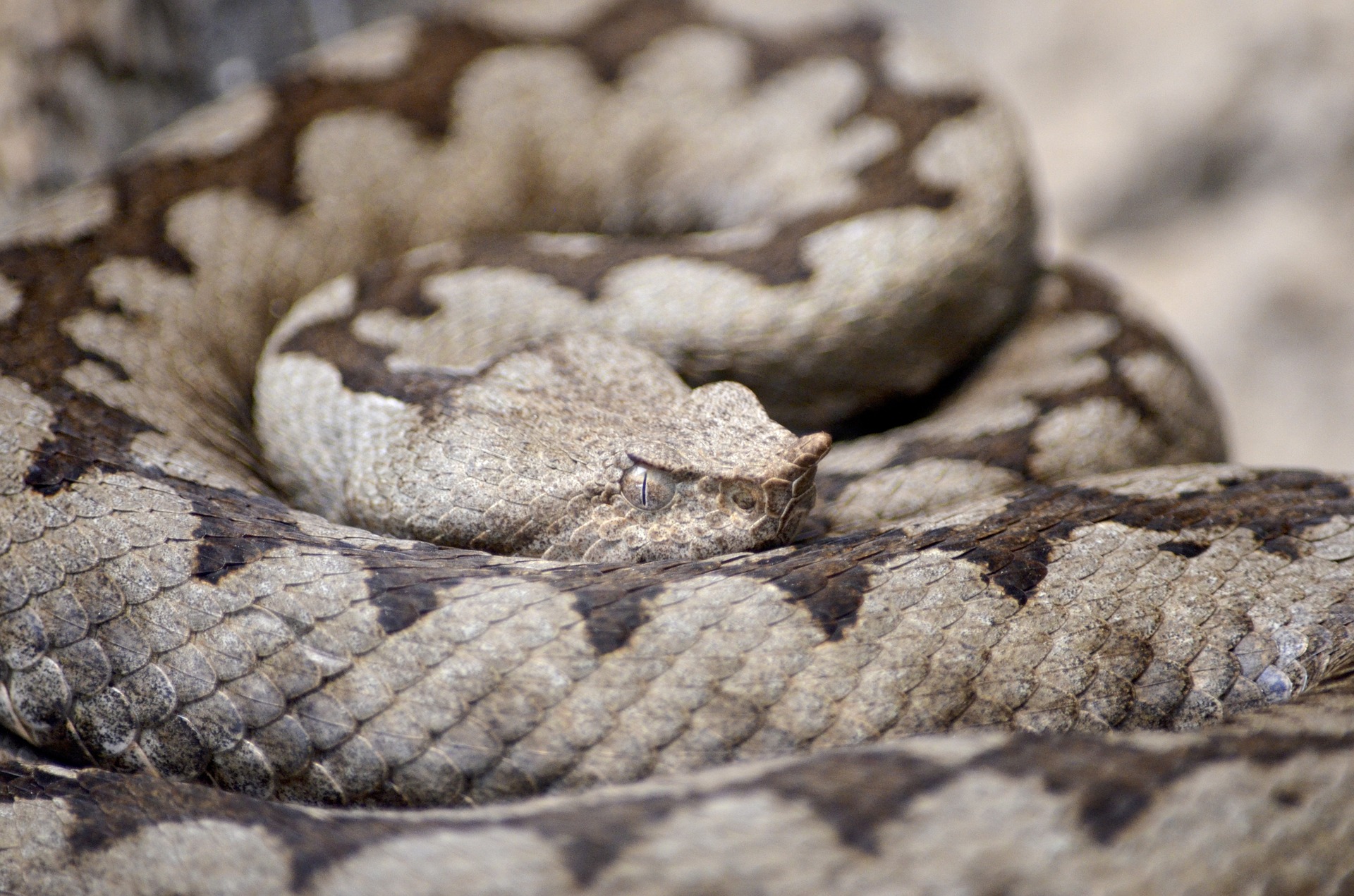 © Andrea Bohl
© Andrea Bohl
People are at particular risk to the vipers while they are in the trees as they can unknowingly walk close enough to the snake to make it feel threatened. Between August and the end of October, female poskok vipers give birth.
Poskok vipers can react unpredictably when they feel they are in danger. Some remain motionless and hiss loudly, some hiss and then flee, while still others will immediately attempt to bite. It is this unpredictability that gives poskok vipers their Croatian name – poskok meaning 'jumping' snake. The snake doesn't actually jump, but it can strike and bite faster than any other European snake. It coils itself over the back of its body and then throws its front towards its victim and has a considerable reach when doing so, of up to 40 centimetres.
On average, bites from poskok vipers account for around 25 hospitalisations each year in Croatia. Deaths occurring as a result of a bite are these days extremely rare. Although the snakes can be mistakenly disturbed in the autumn, the most common period for poskok bites on humans in Croatia is actually between May and June. The venom of poskok vipers is used to make antidote serum used to treat bites from all European vipers. Poskok vipers are farmed in some parts of Europe specifically for this purpose.
For the latest travel info, bookmark our main travel info article, which is updated daily.
Read the Croatian Travel Update in your language - now available in 24 languages.


